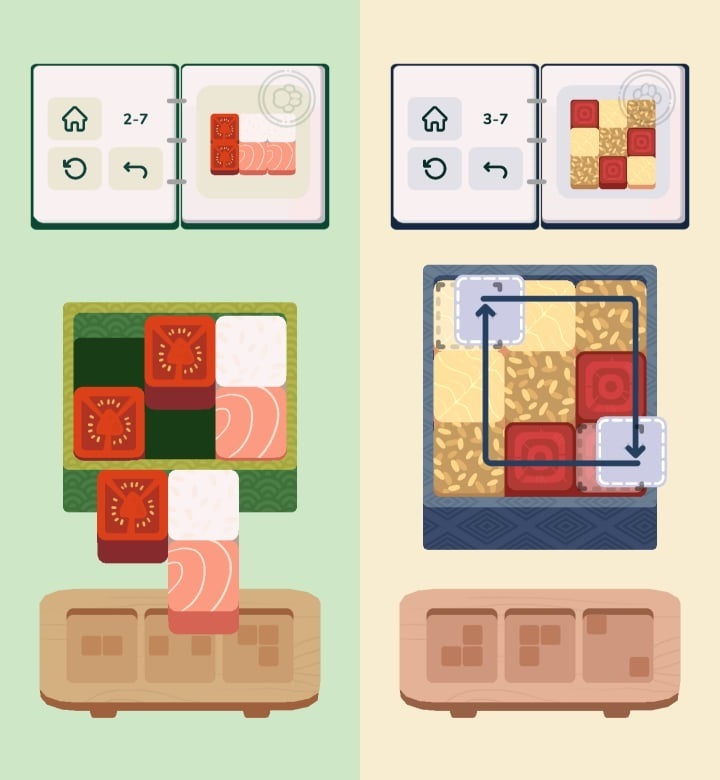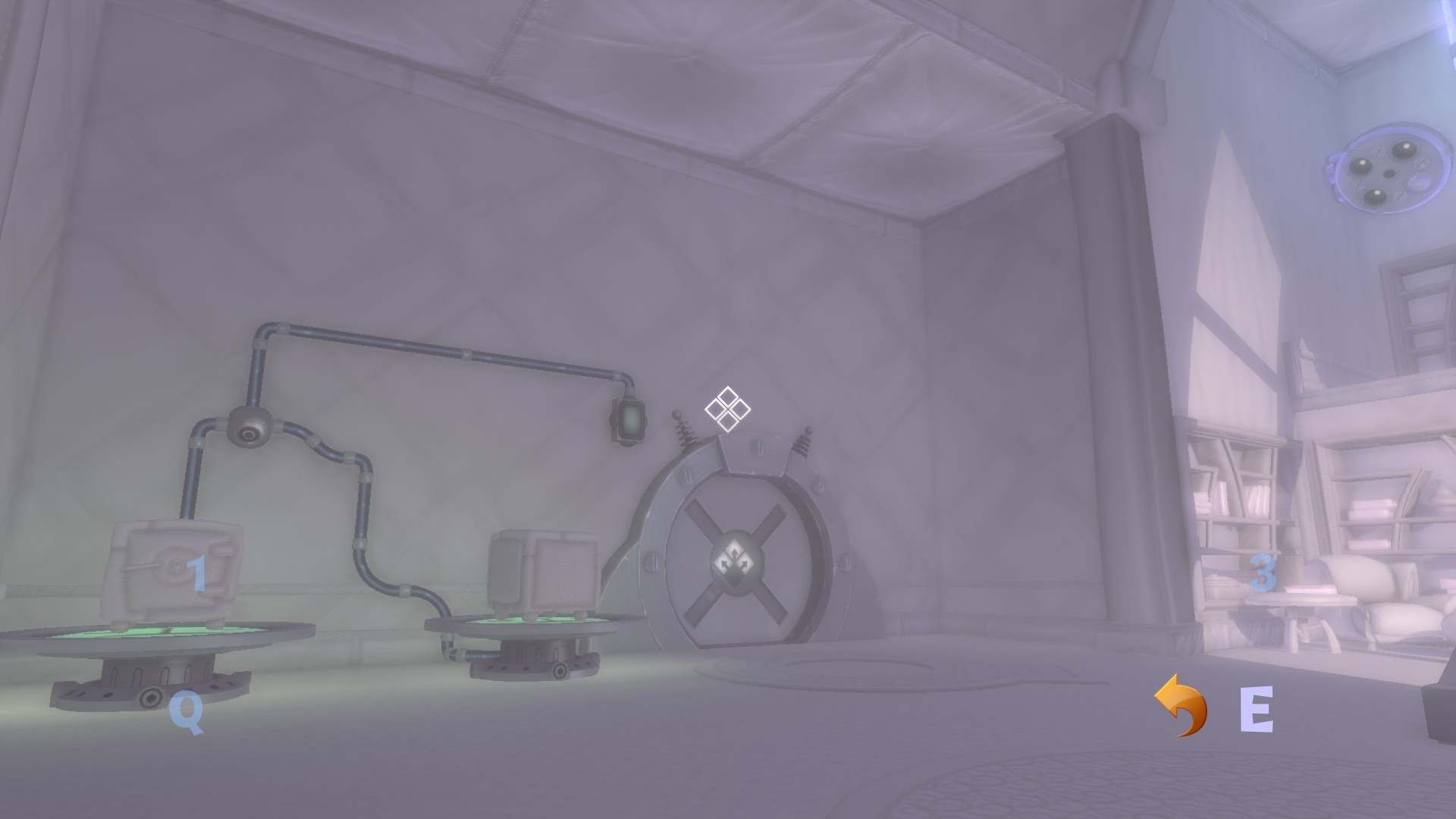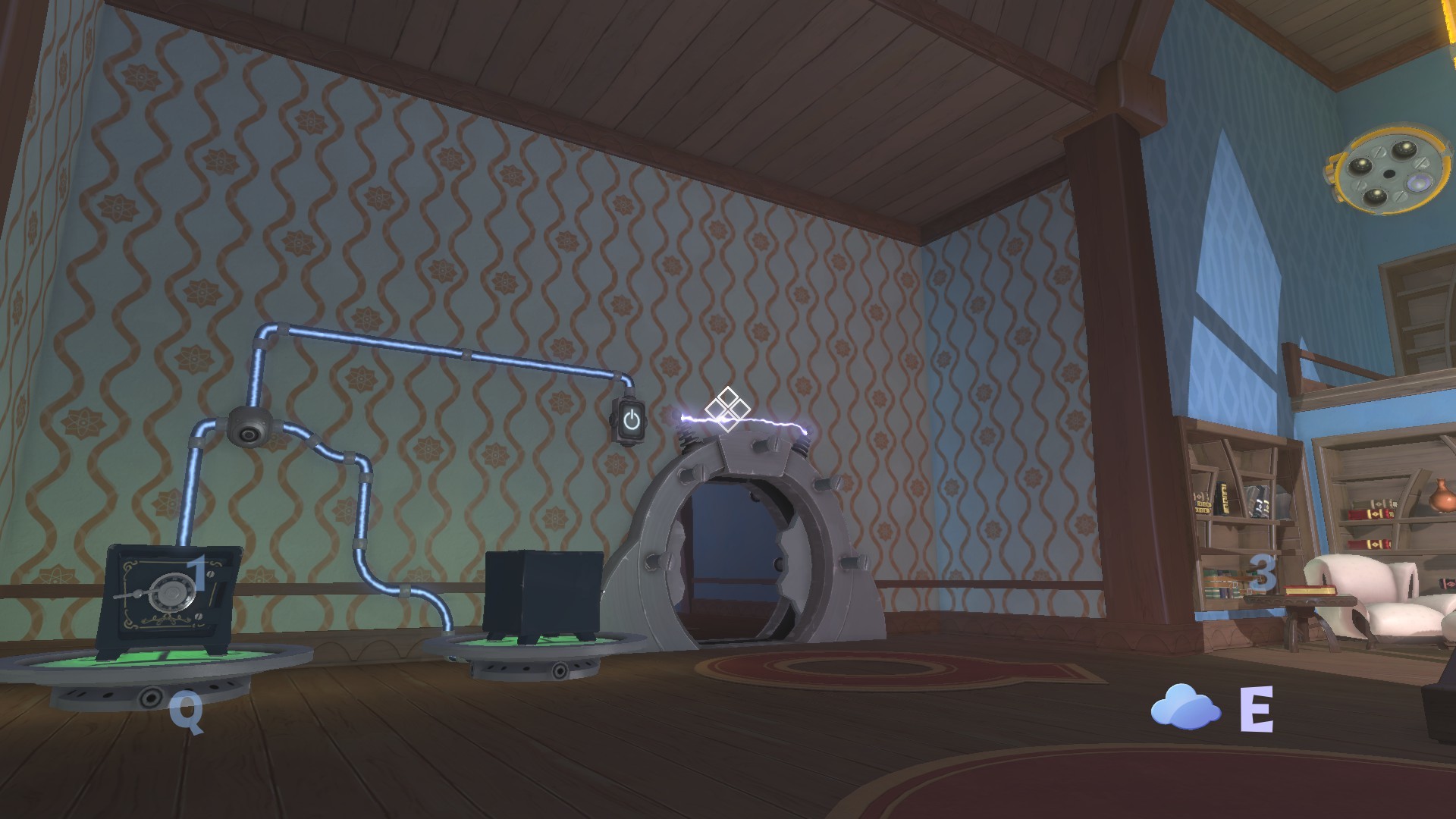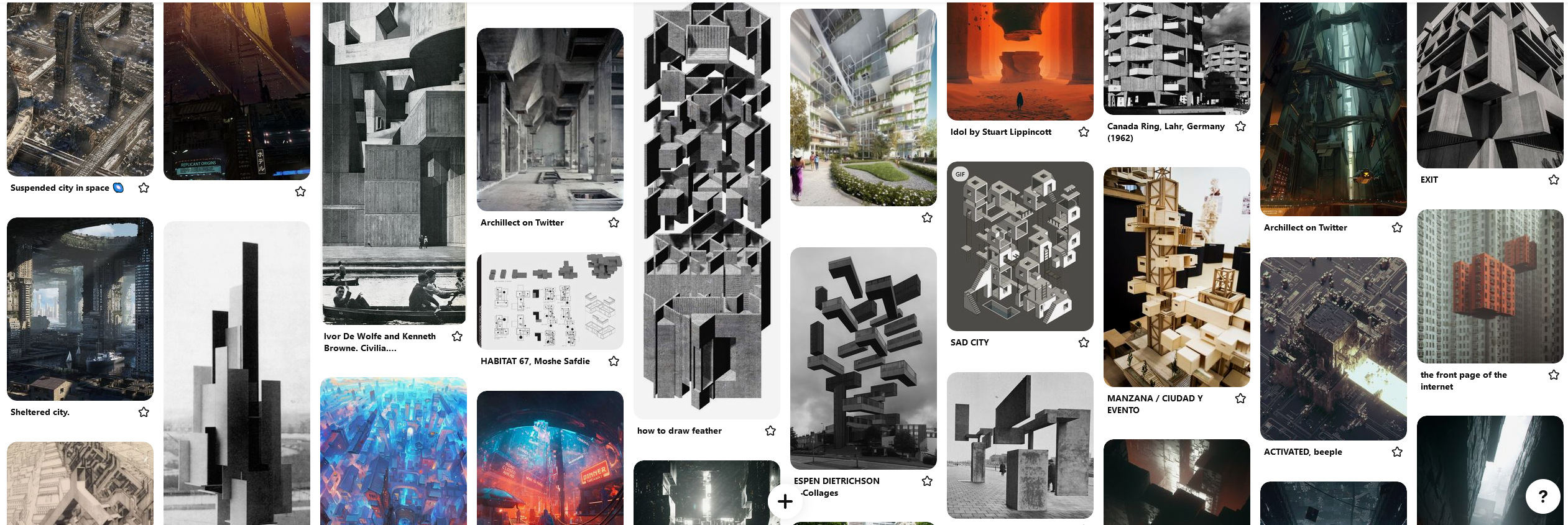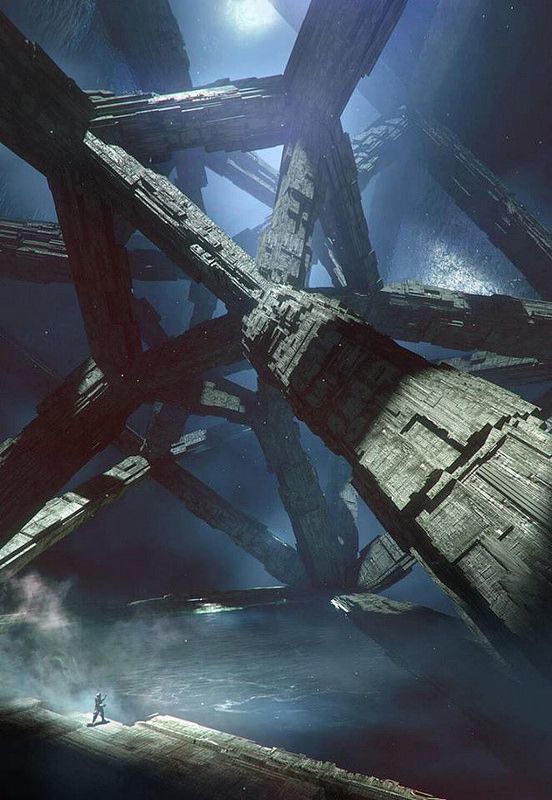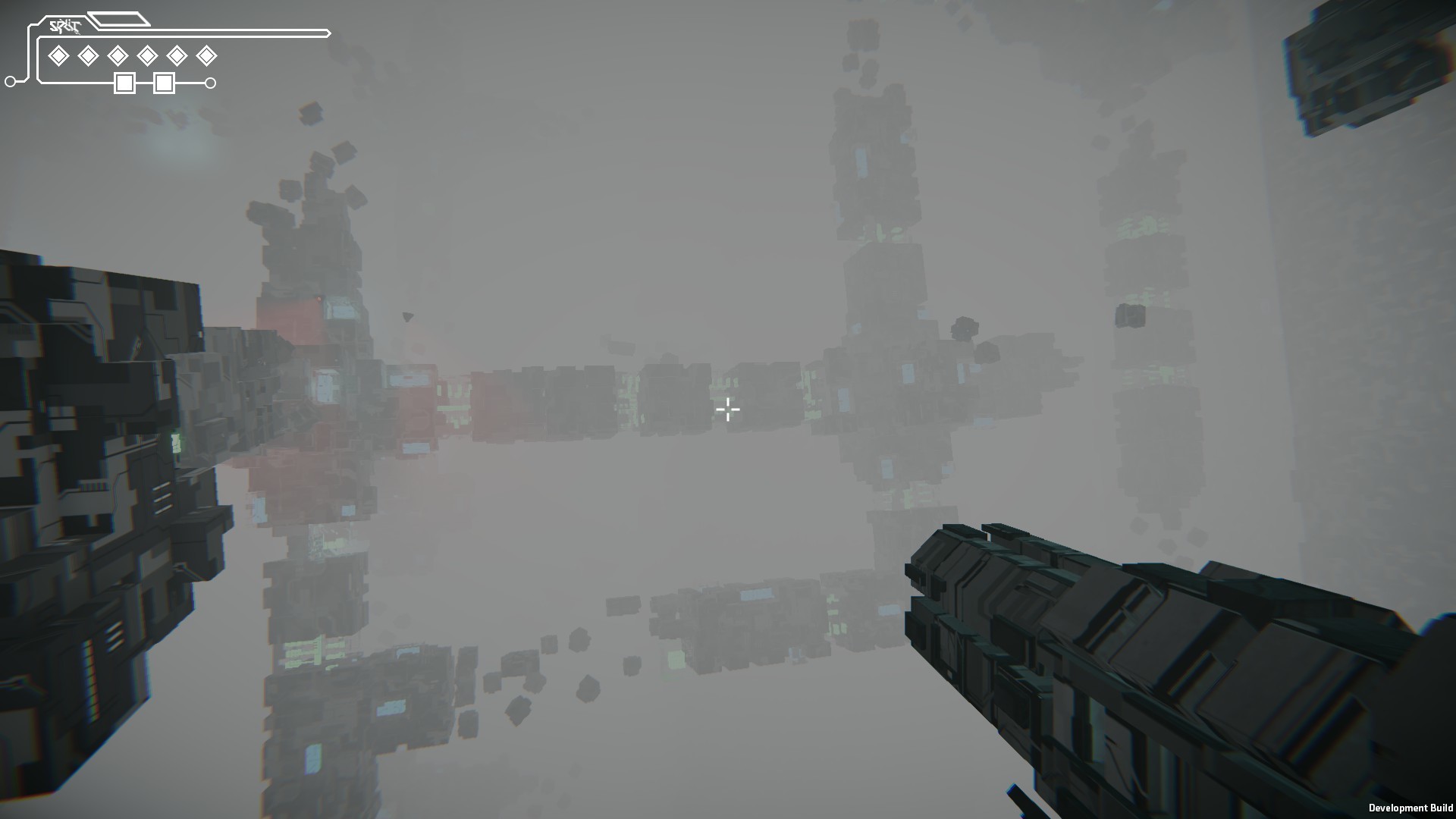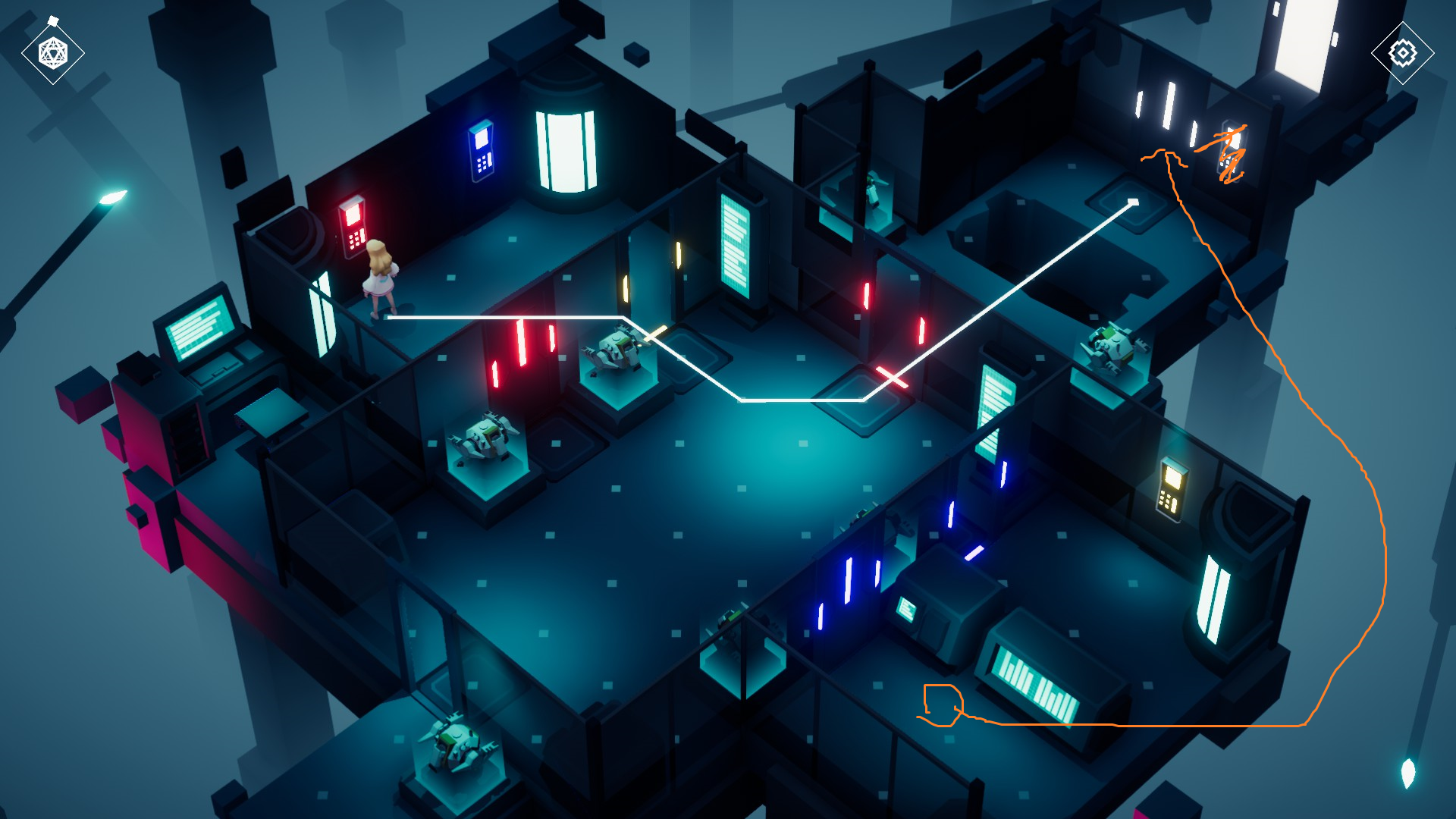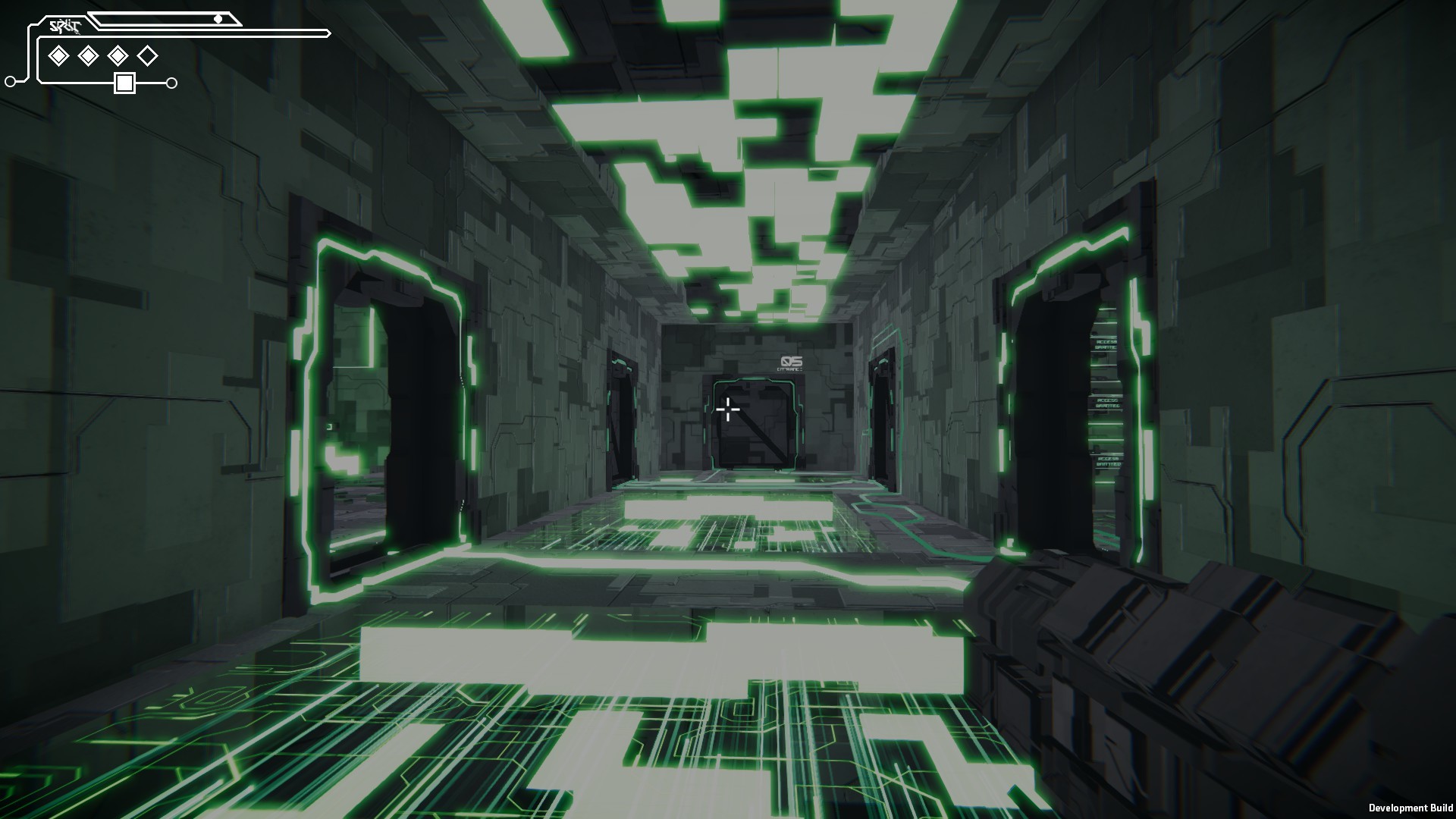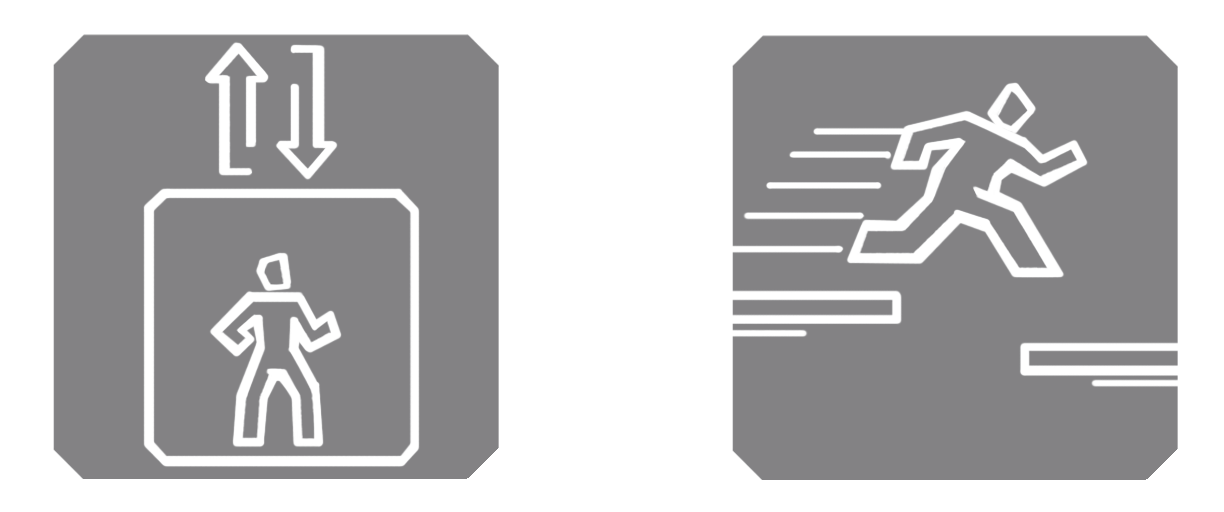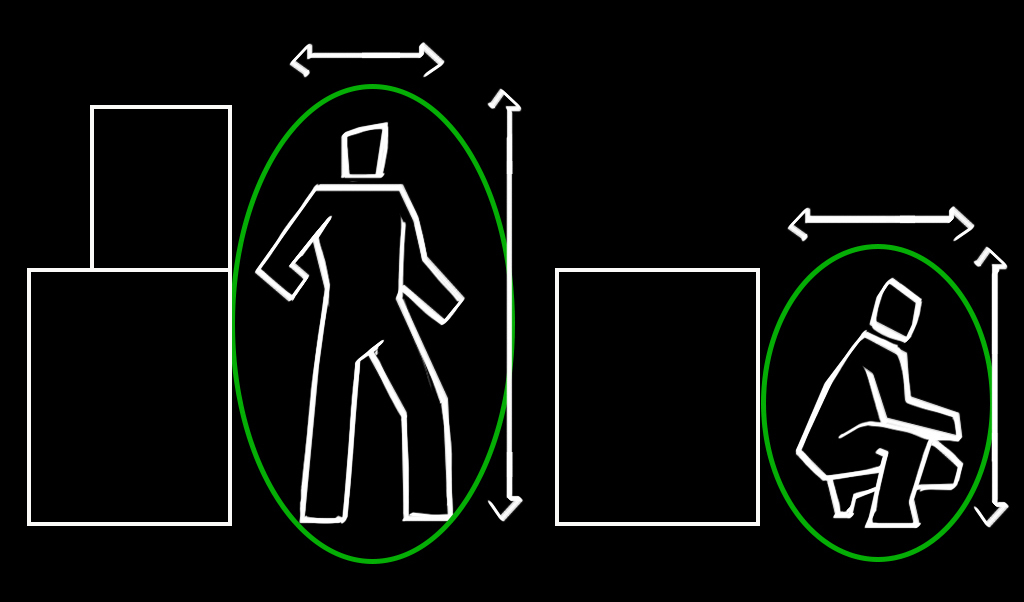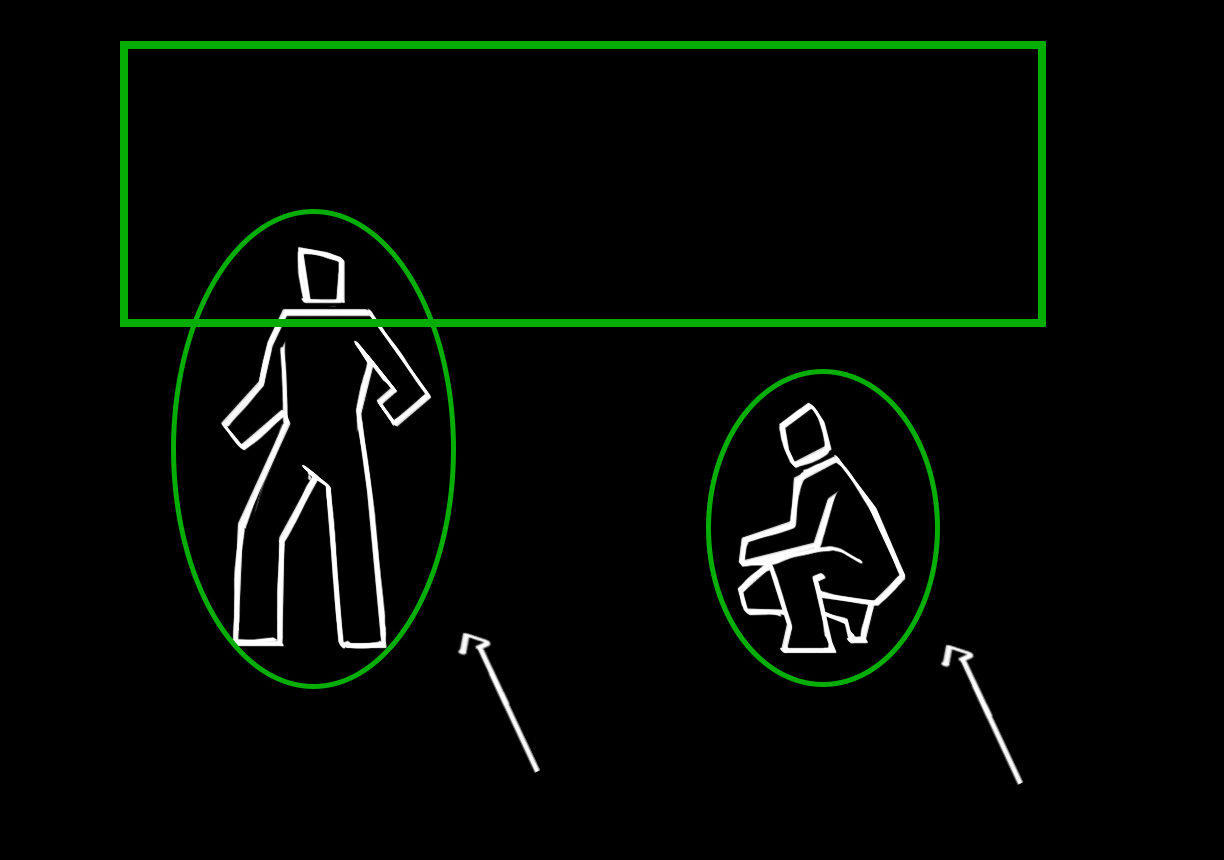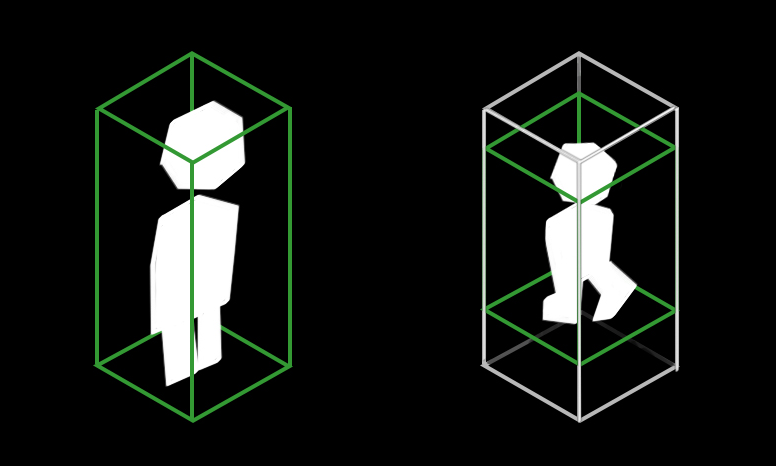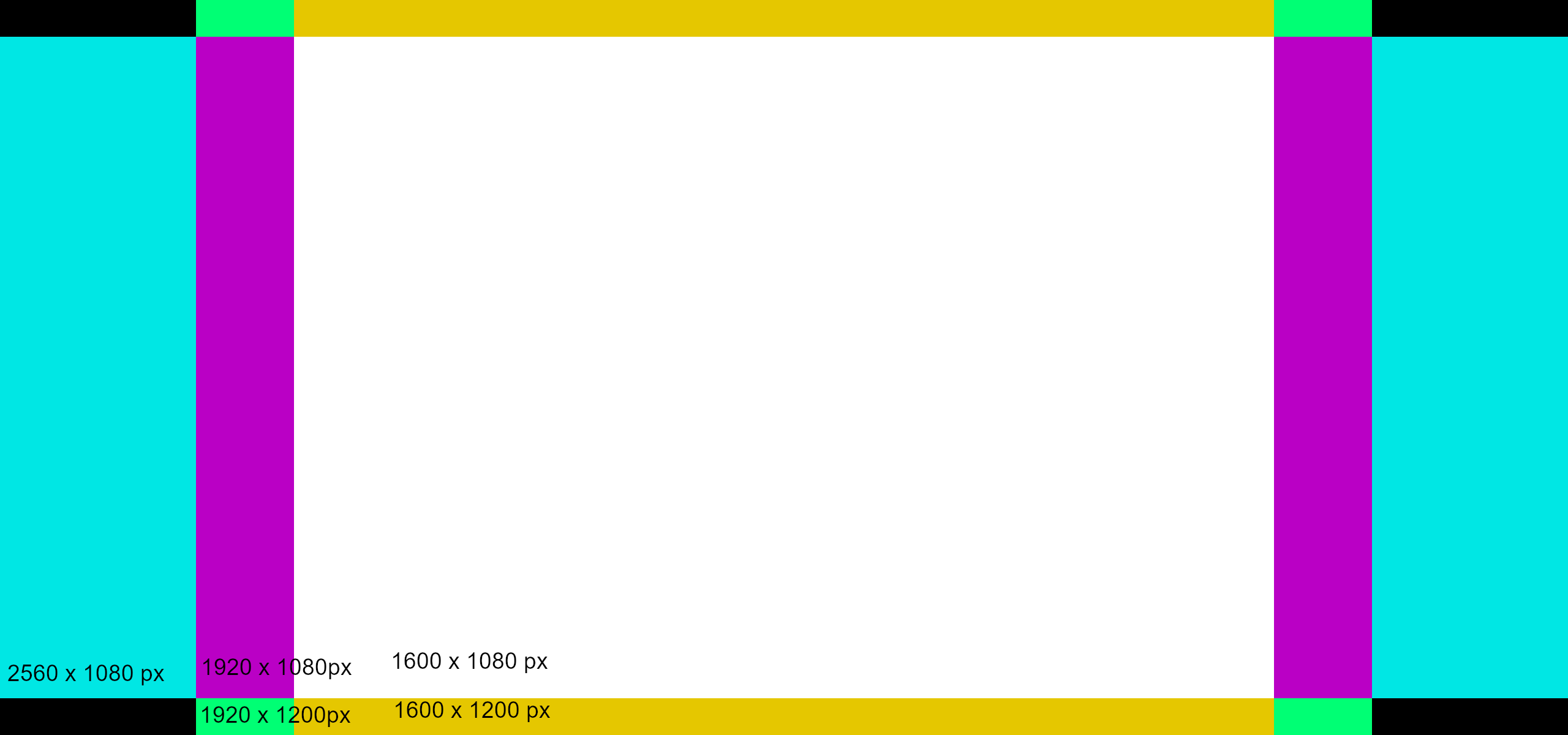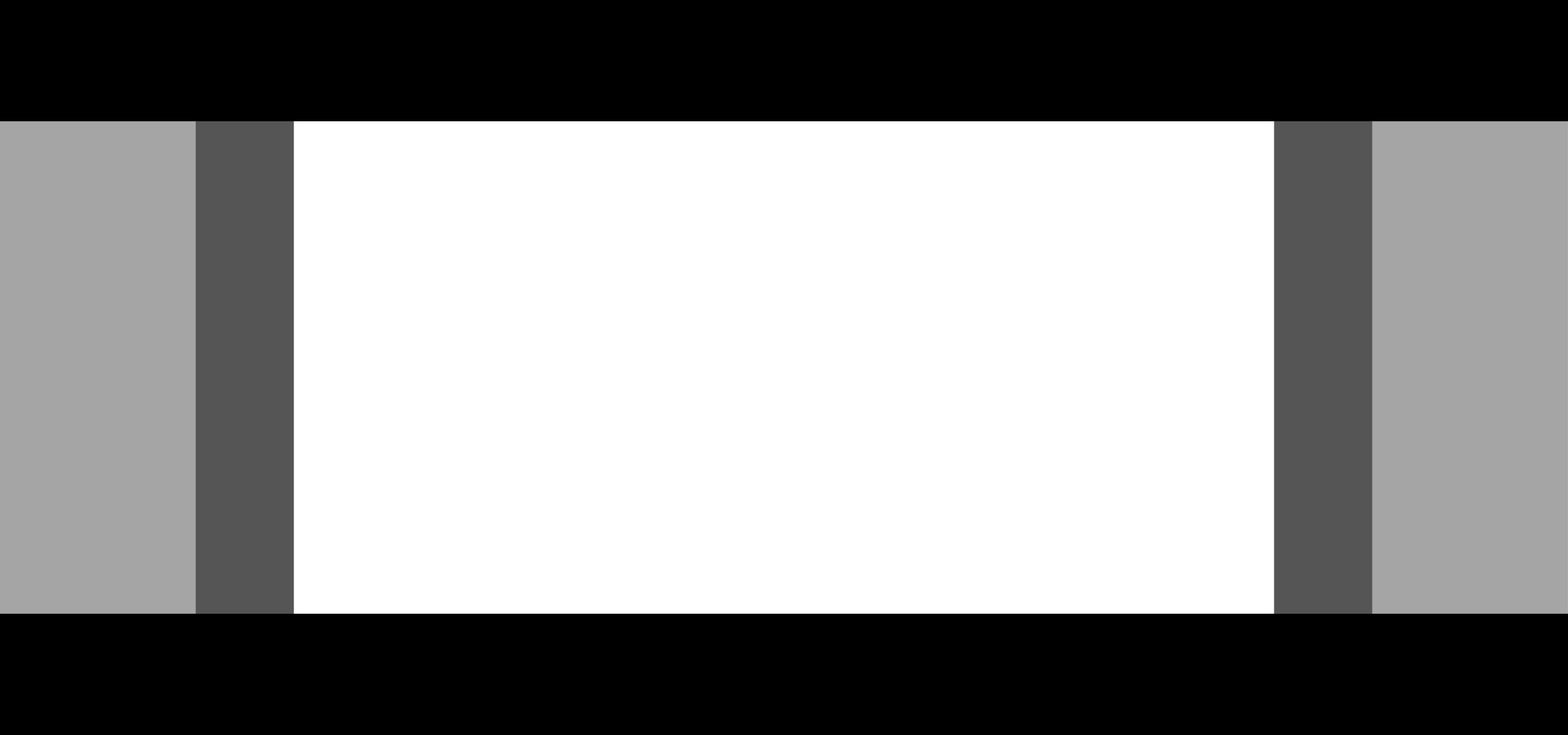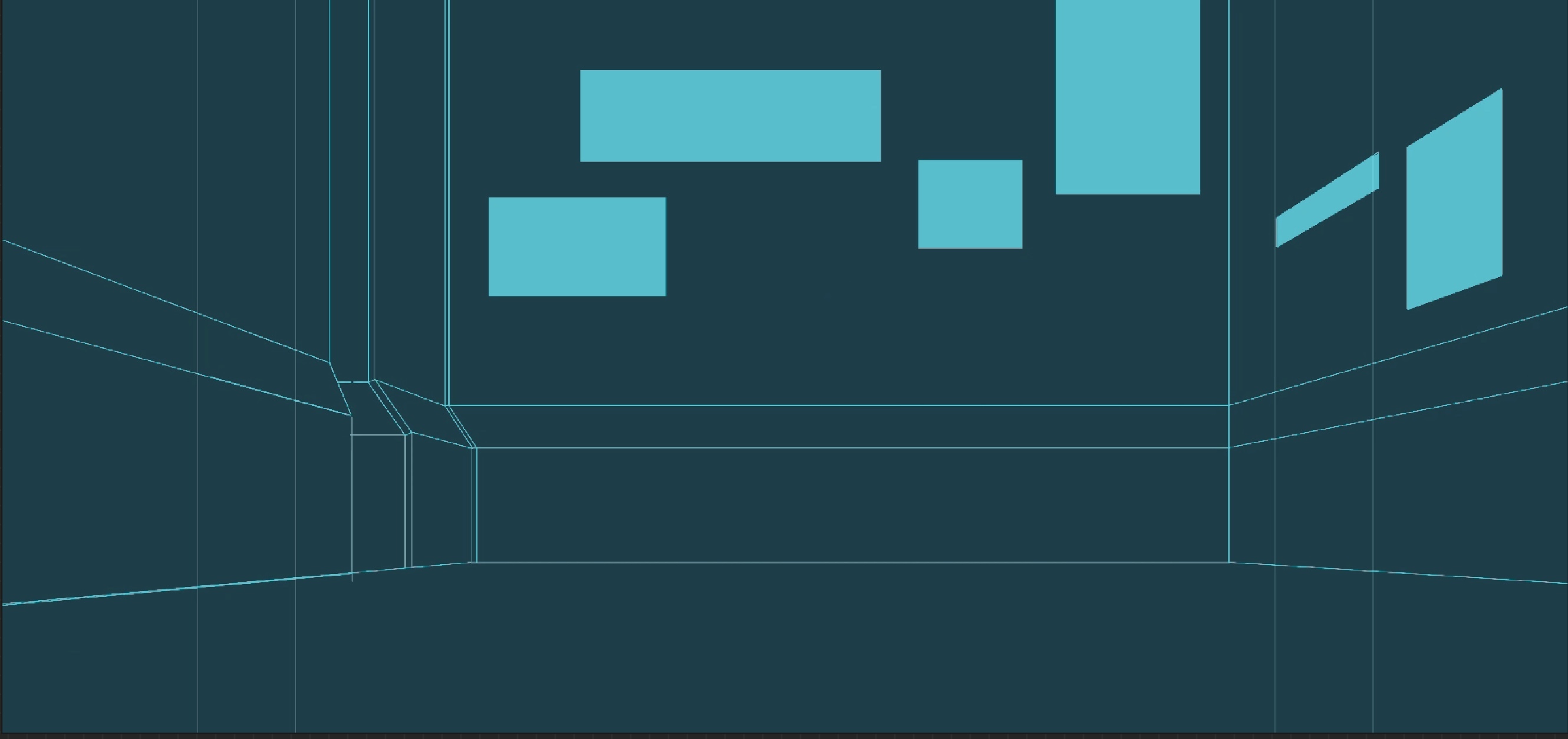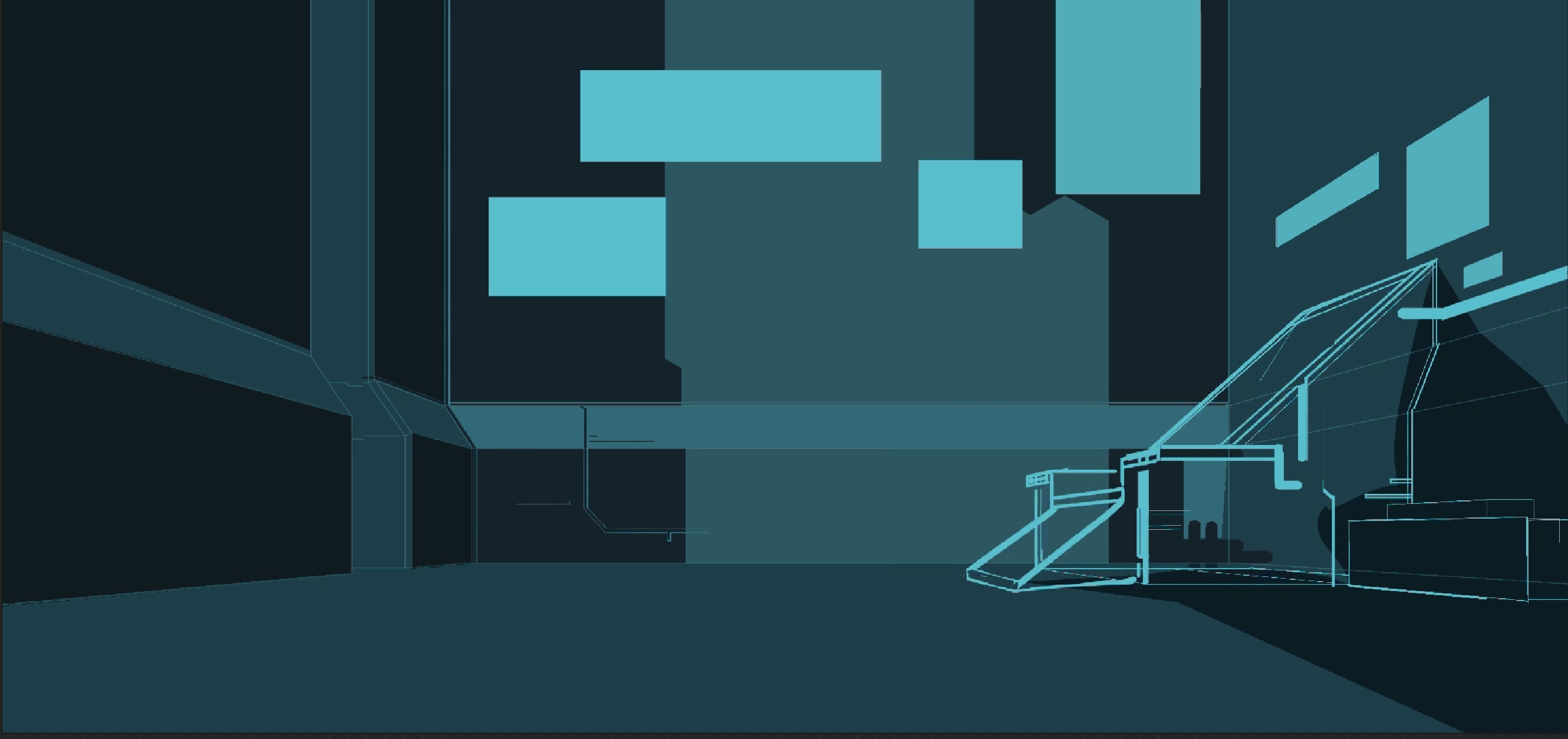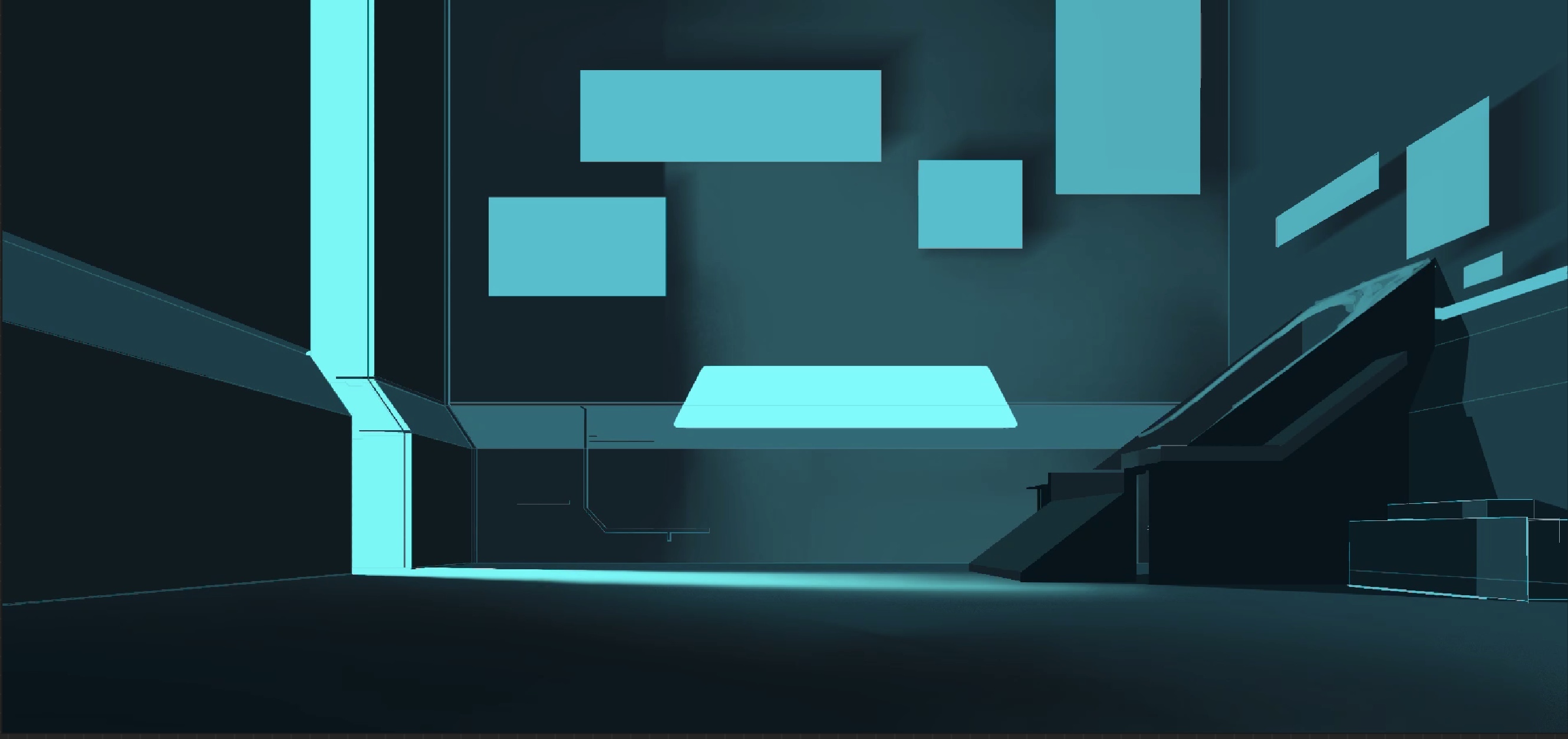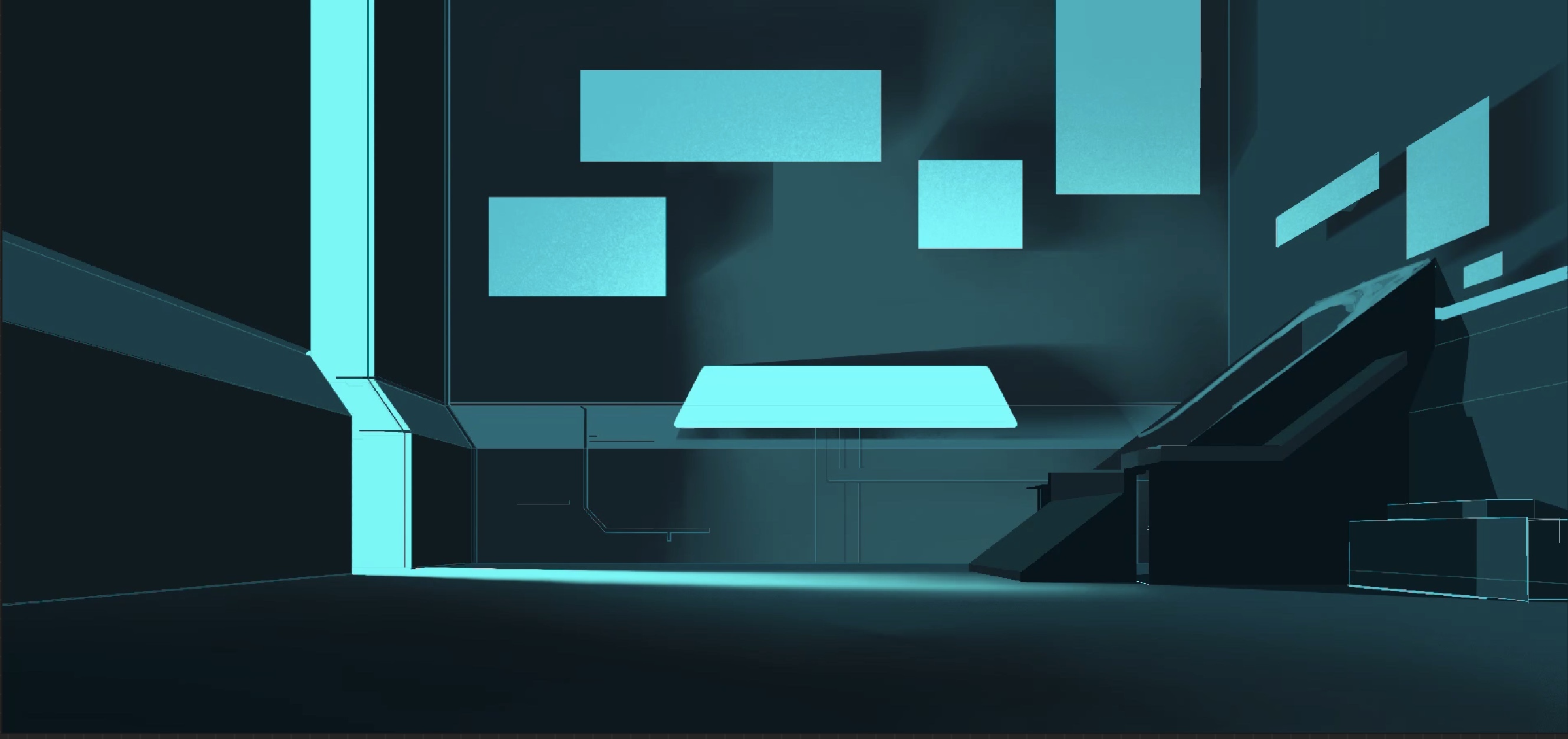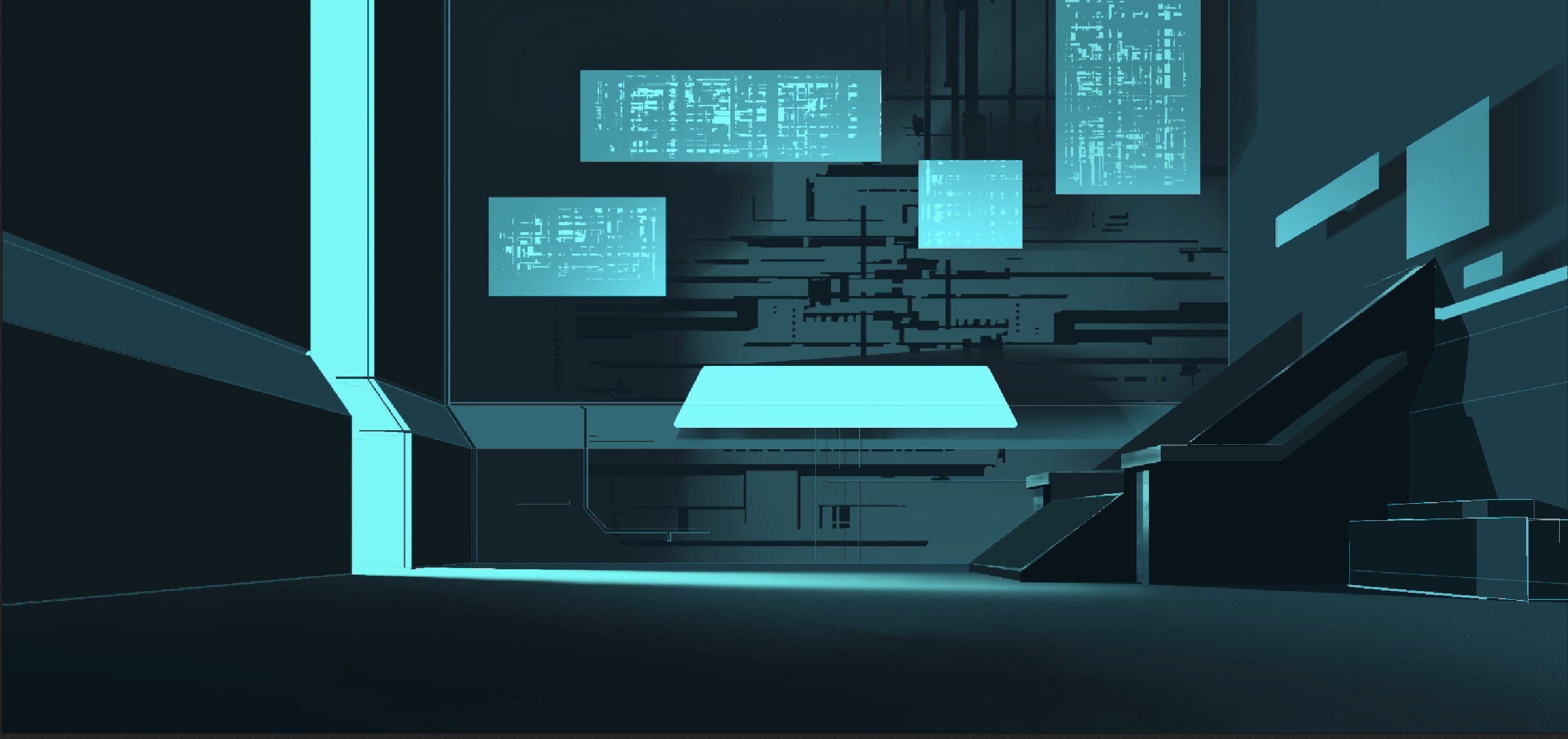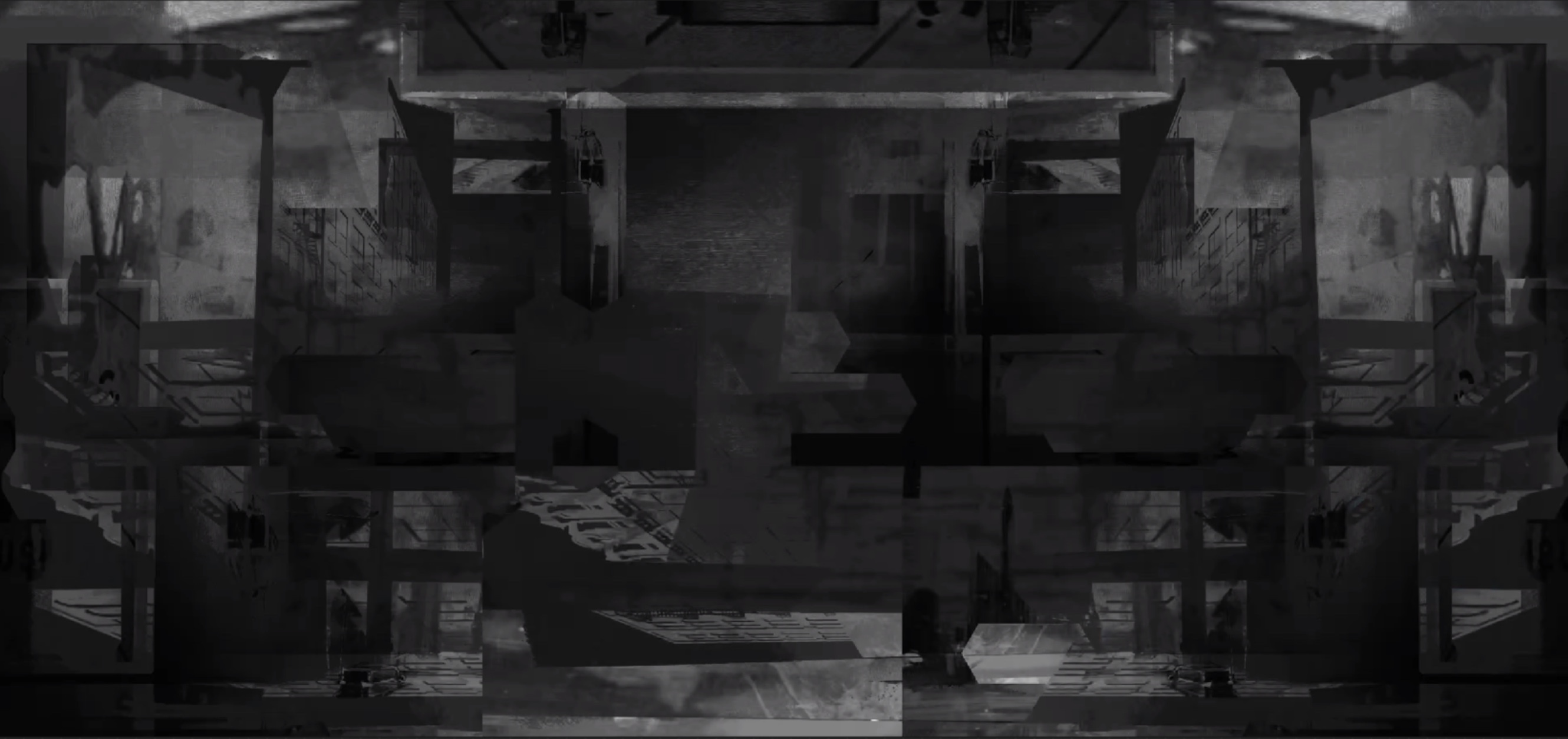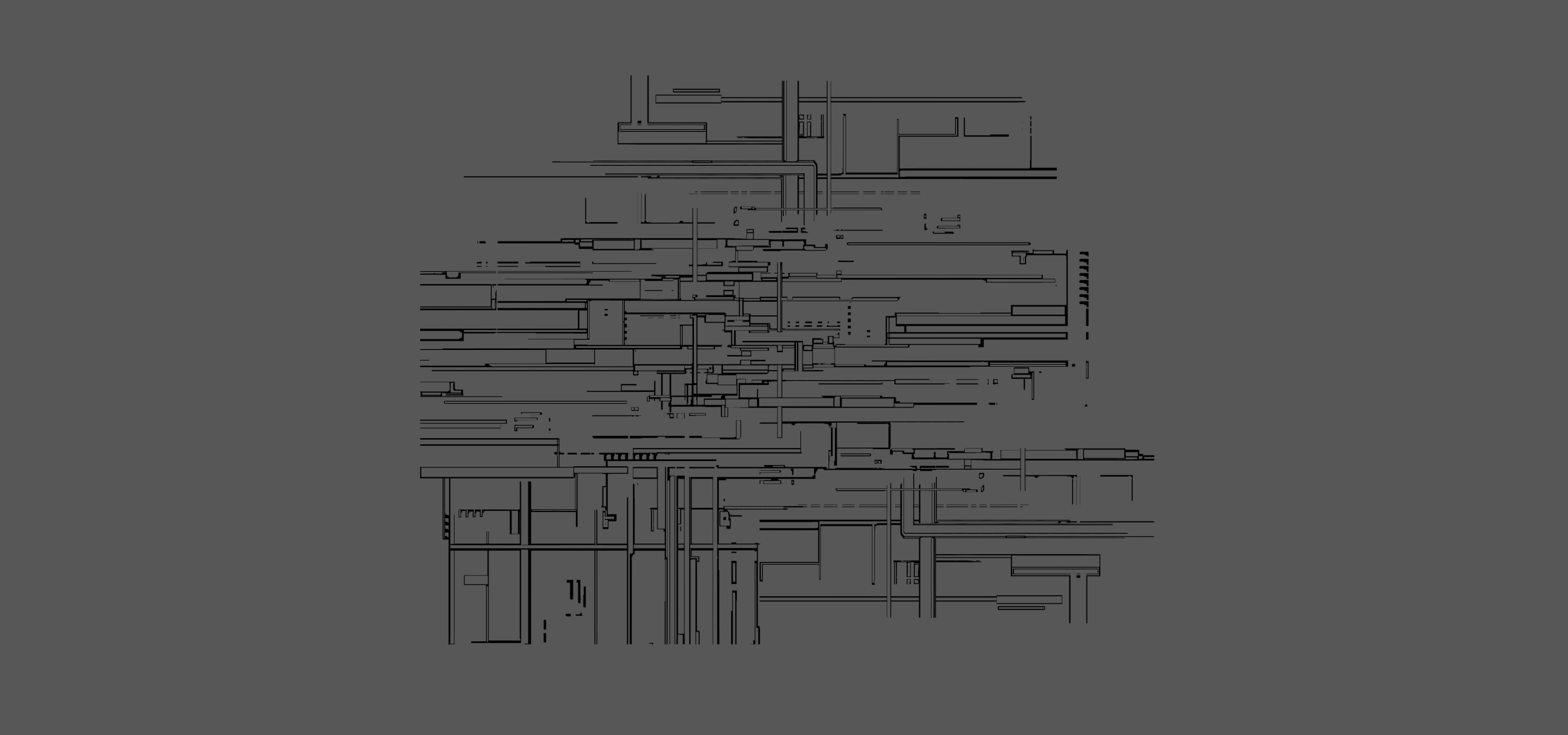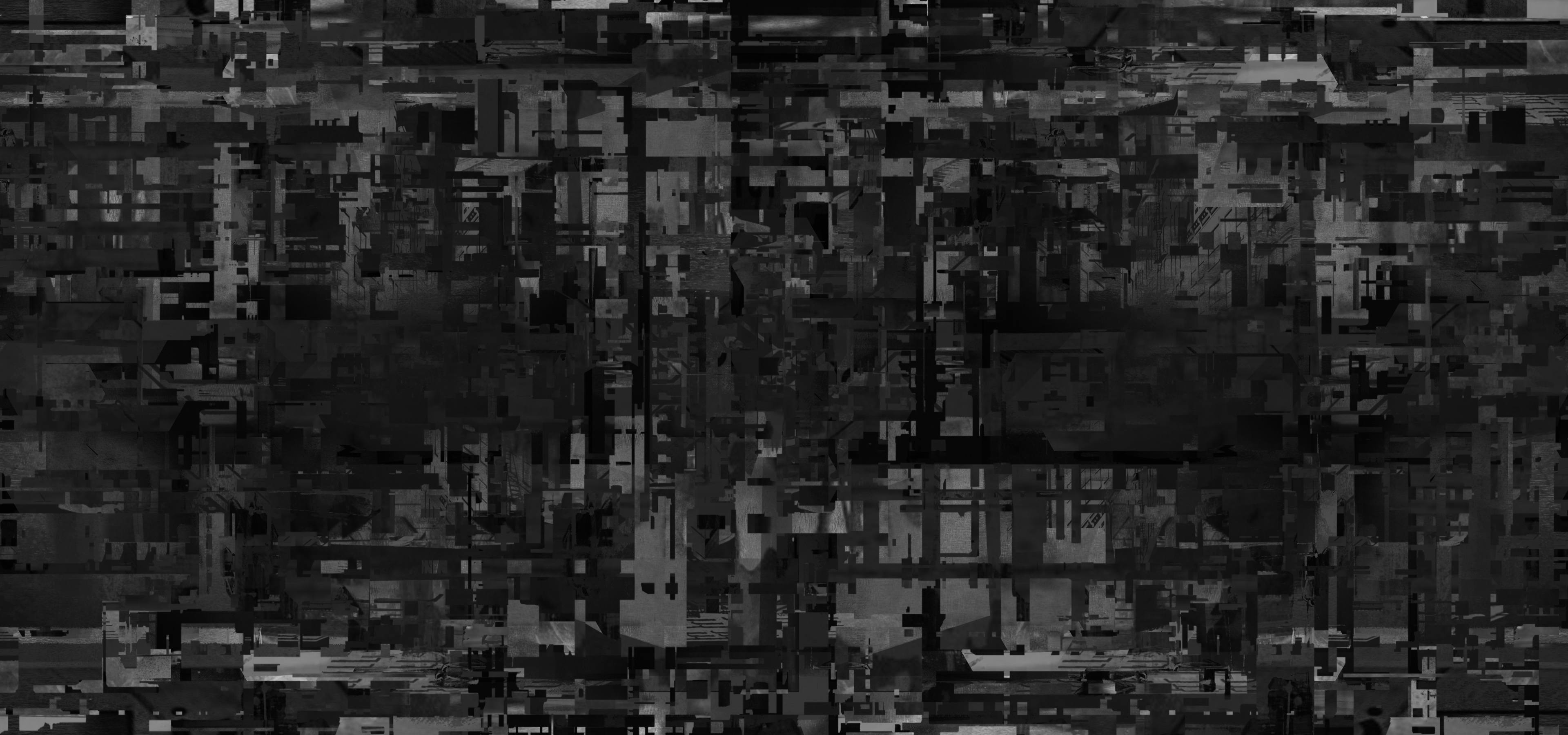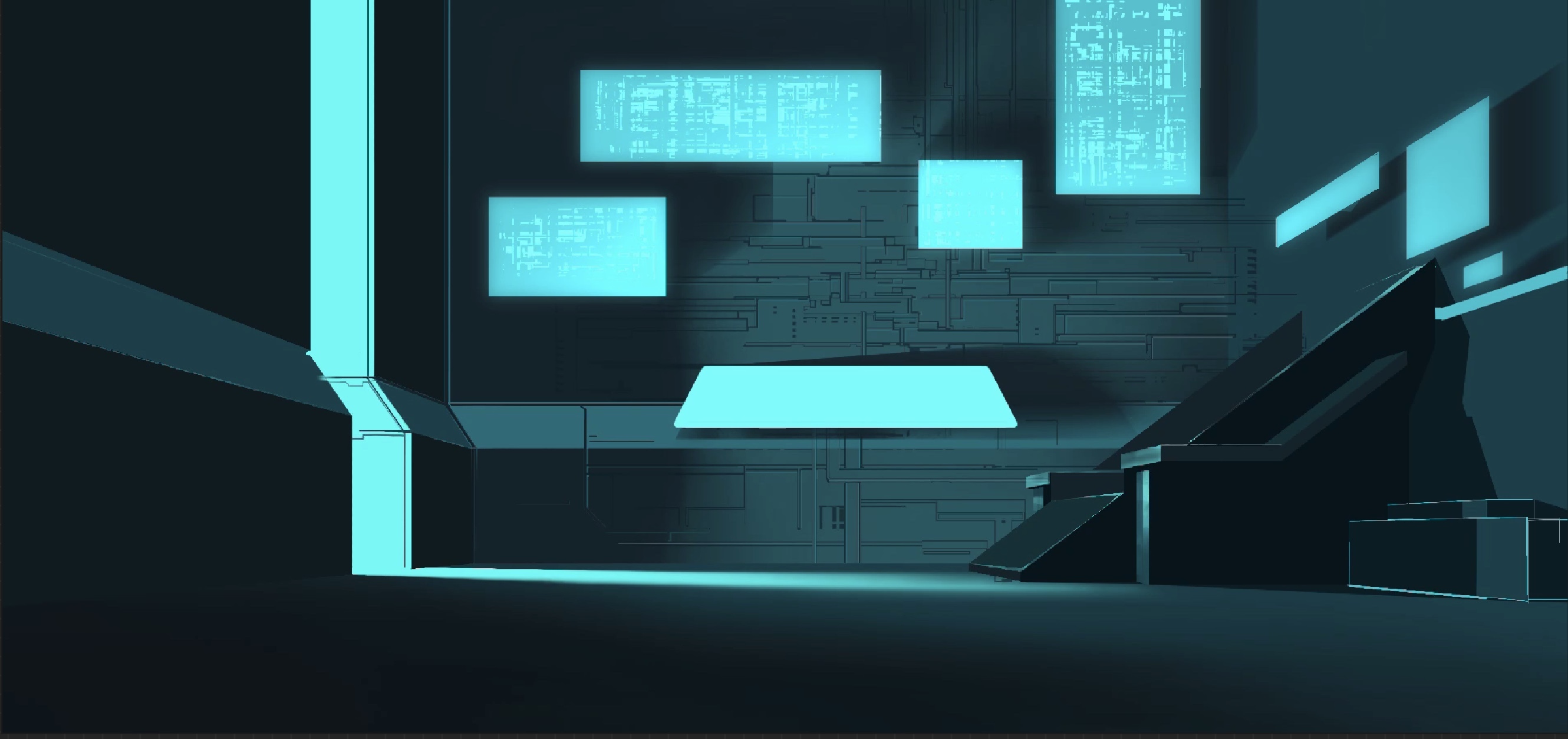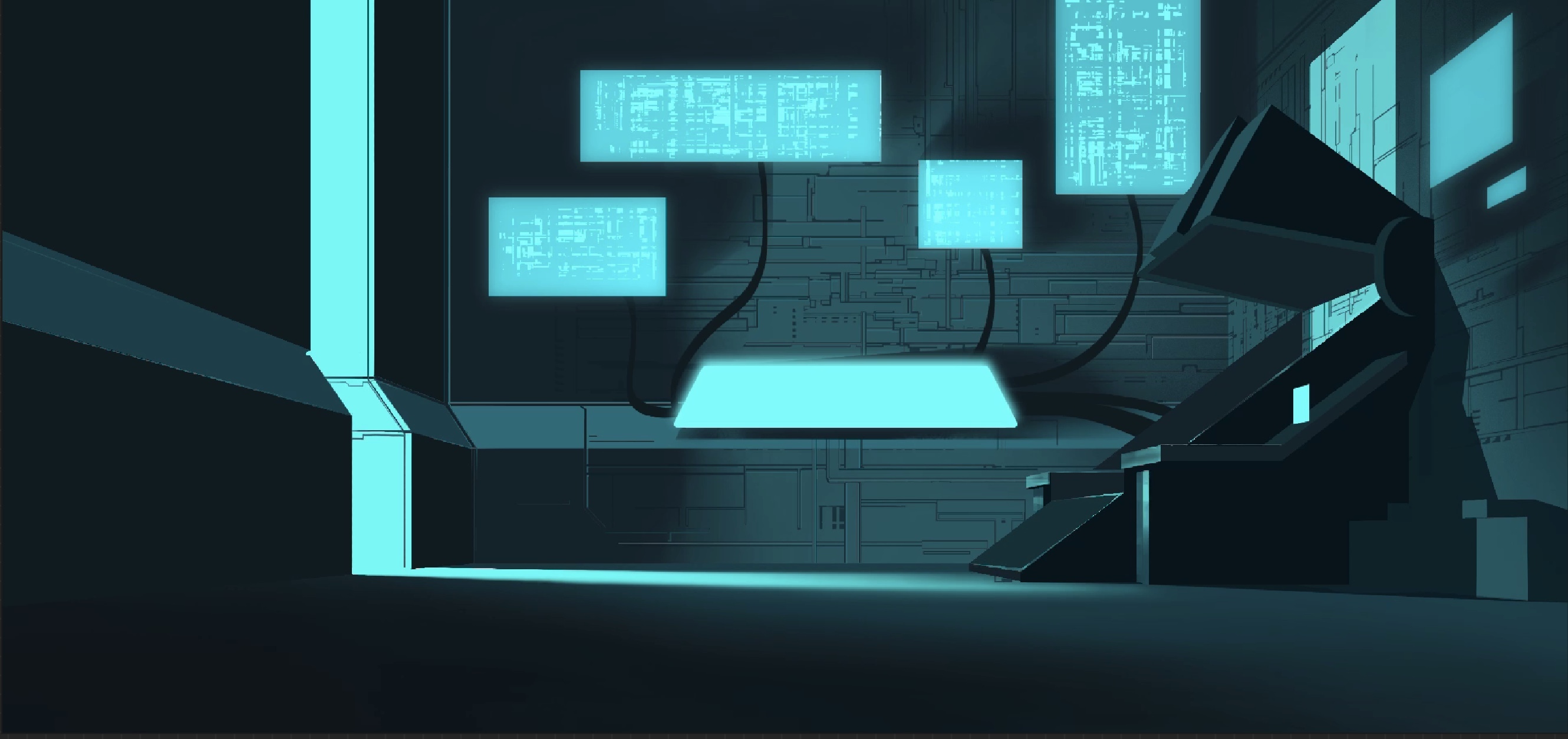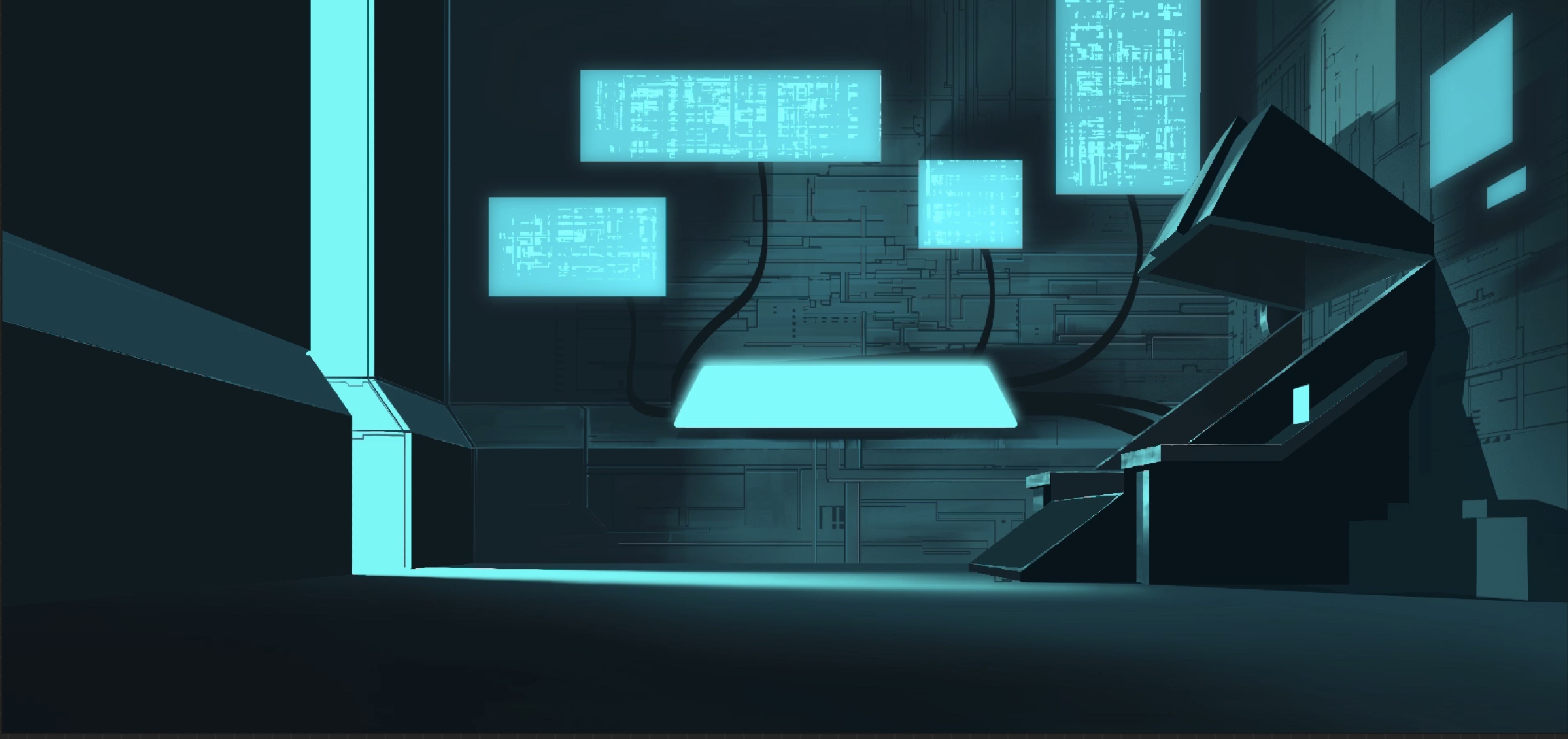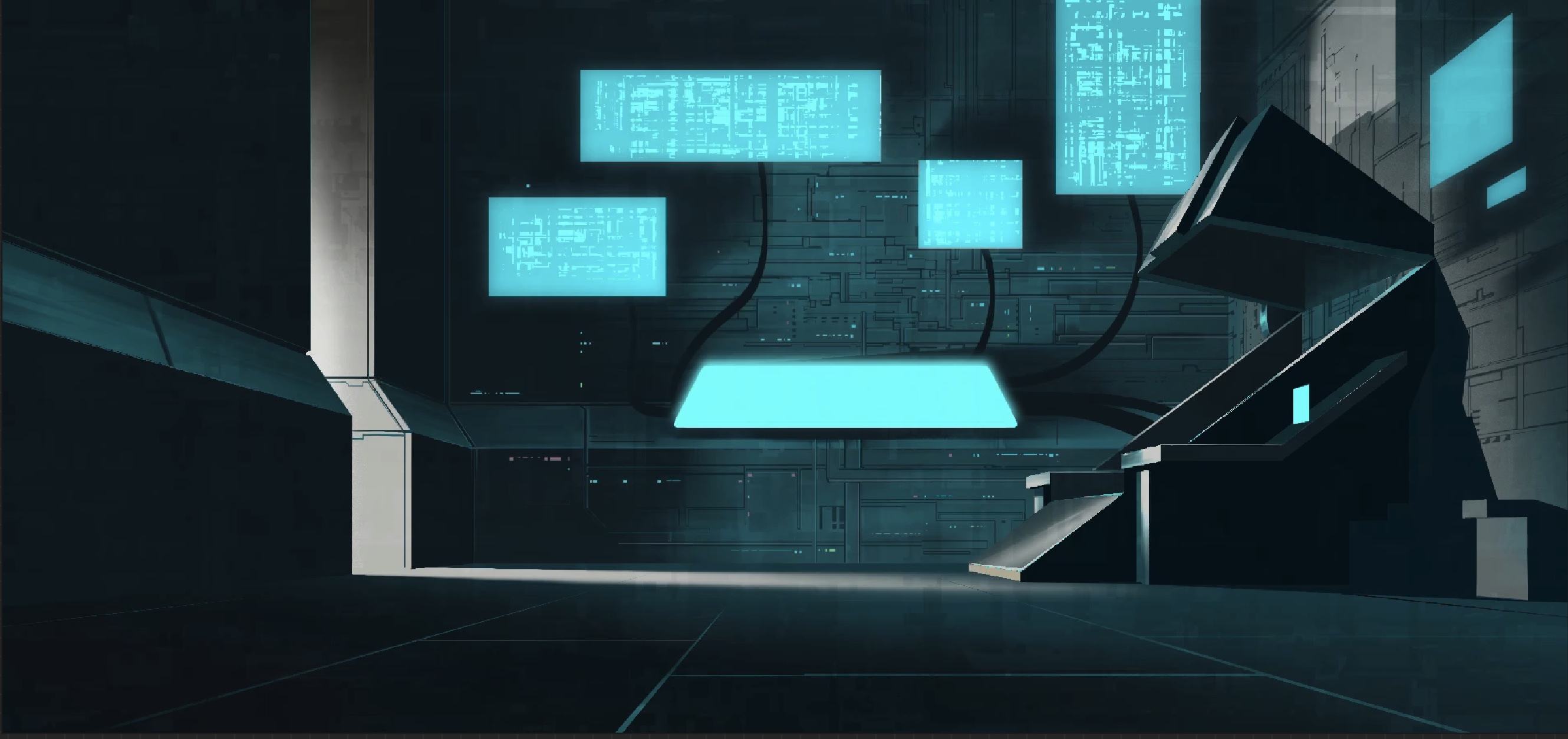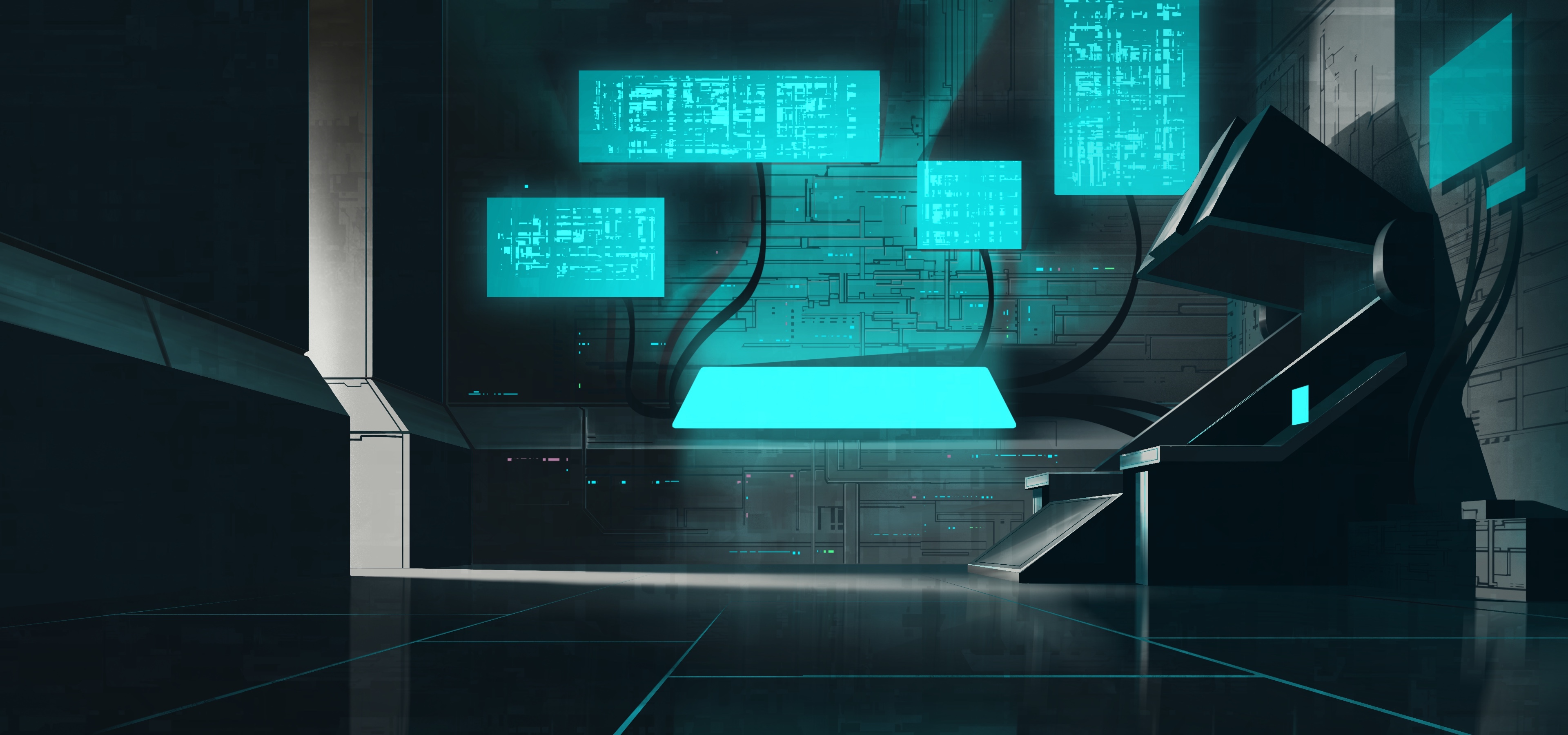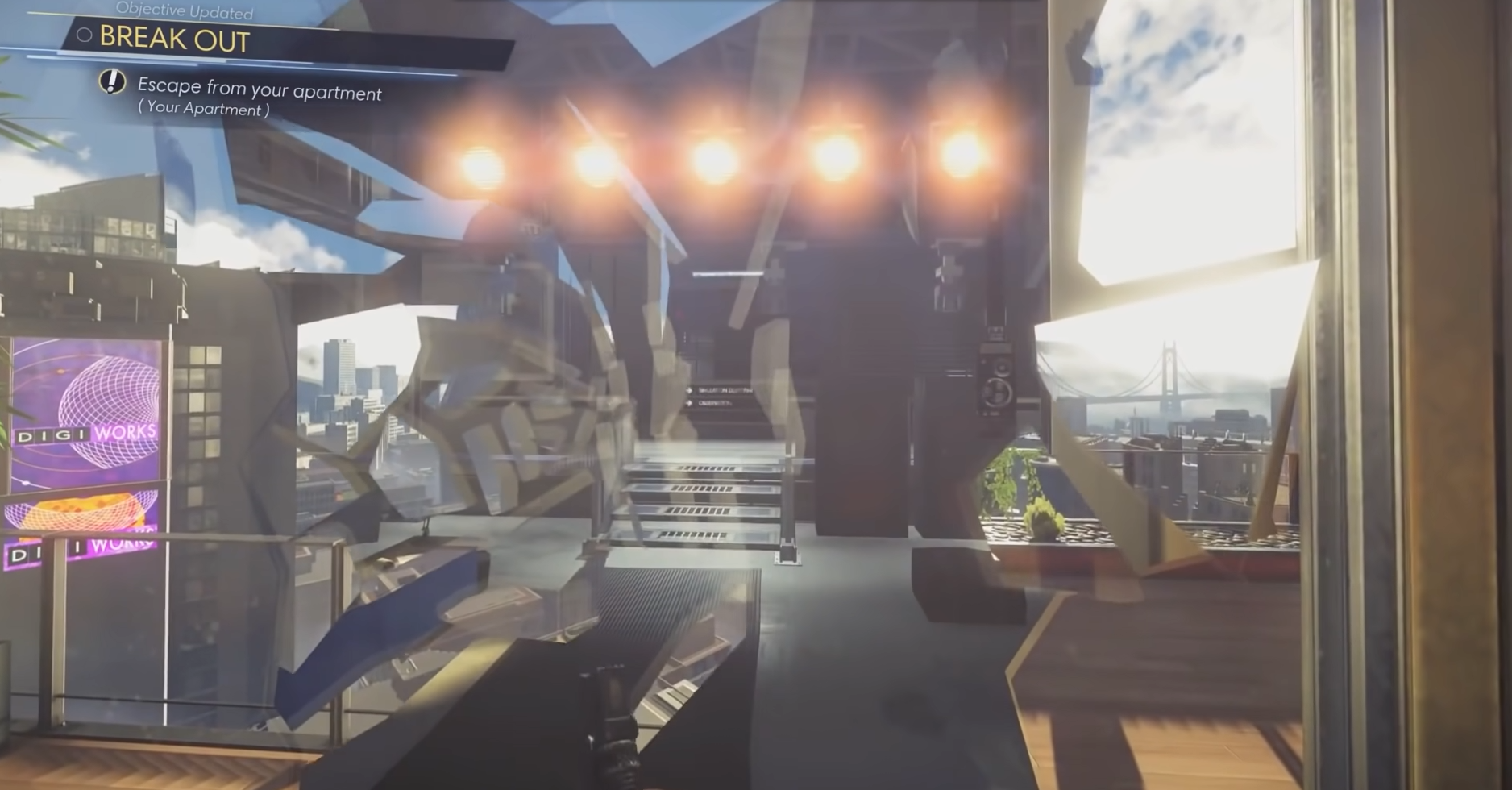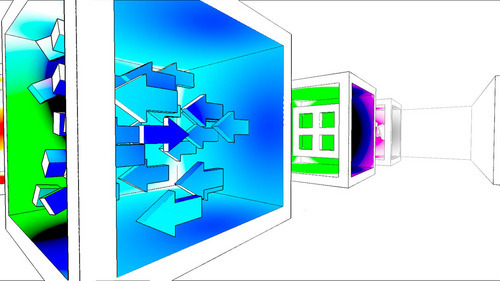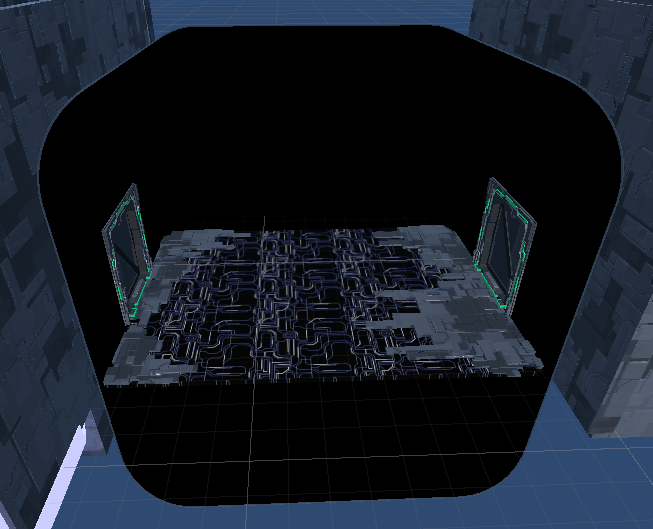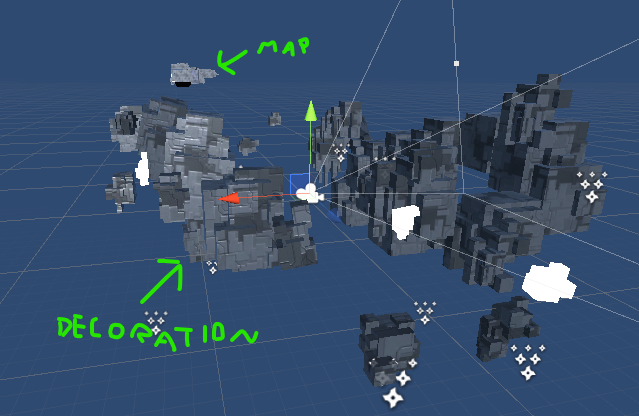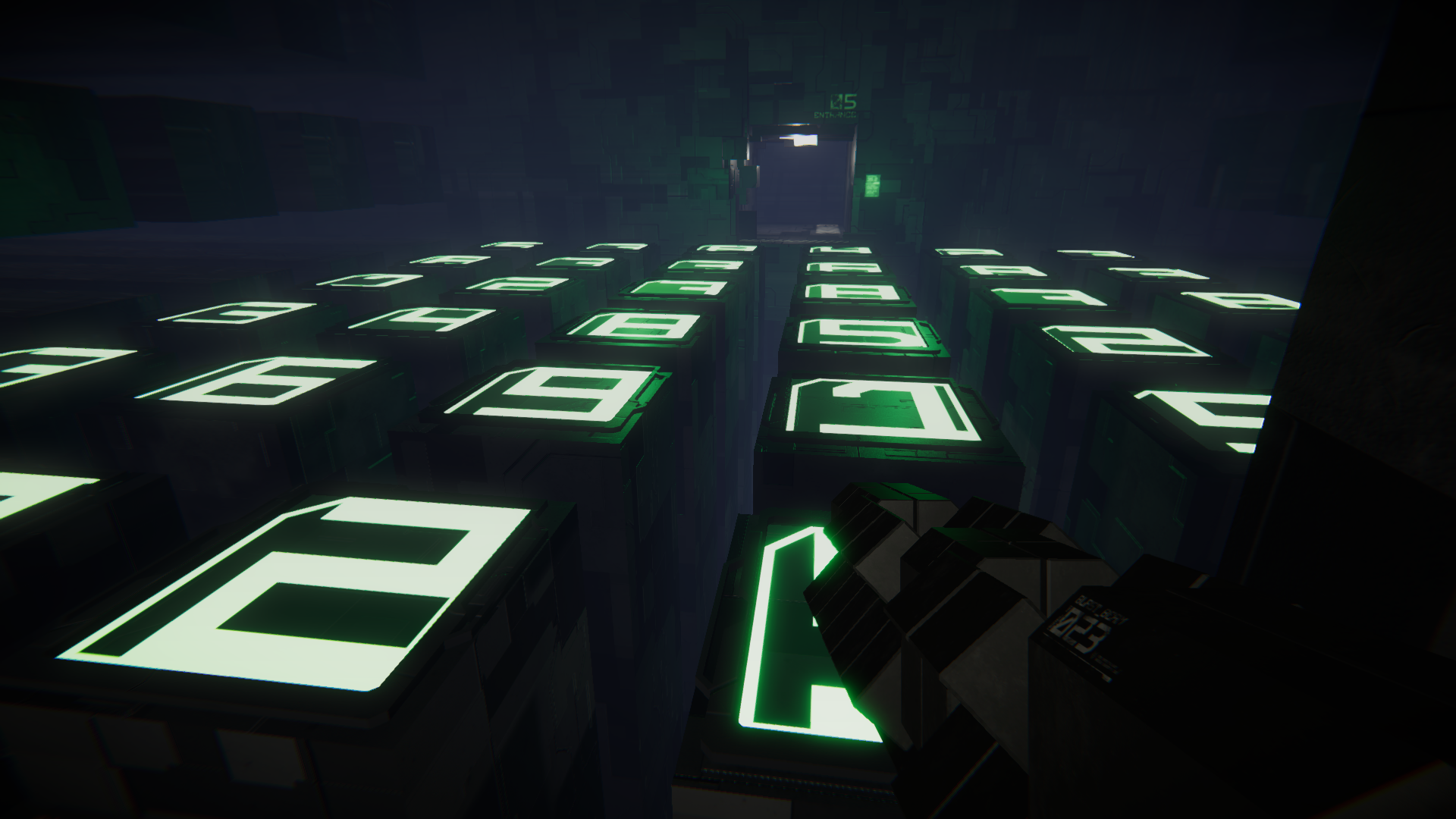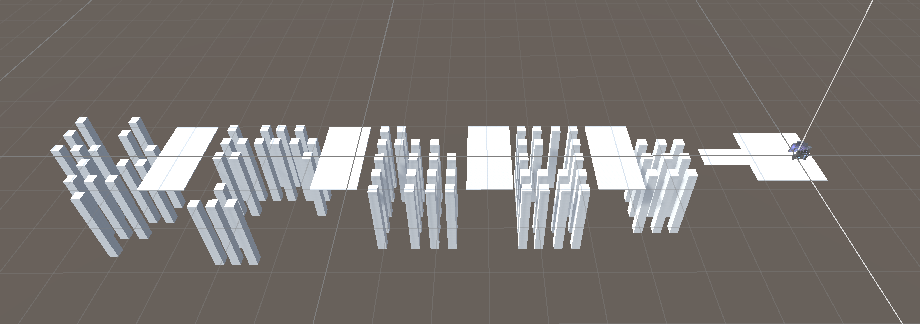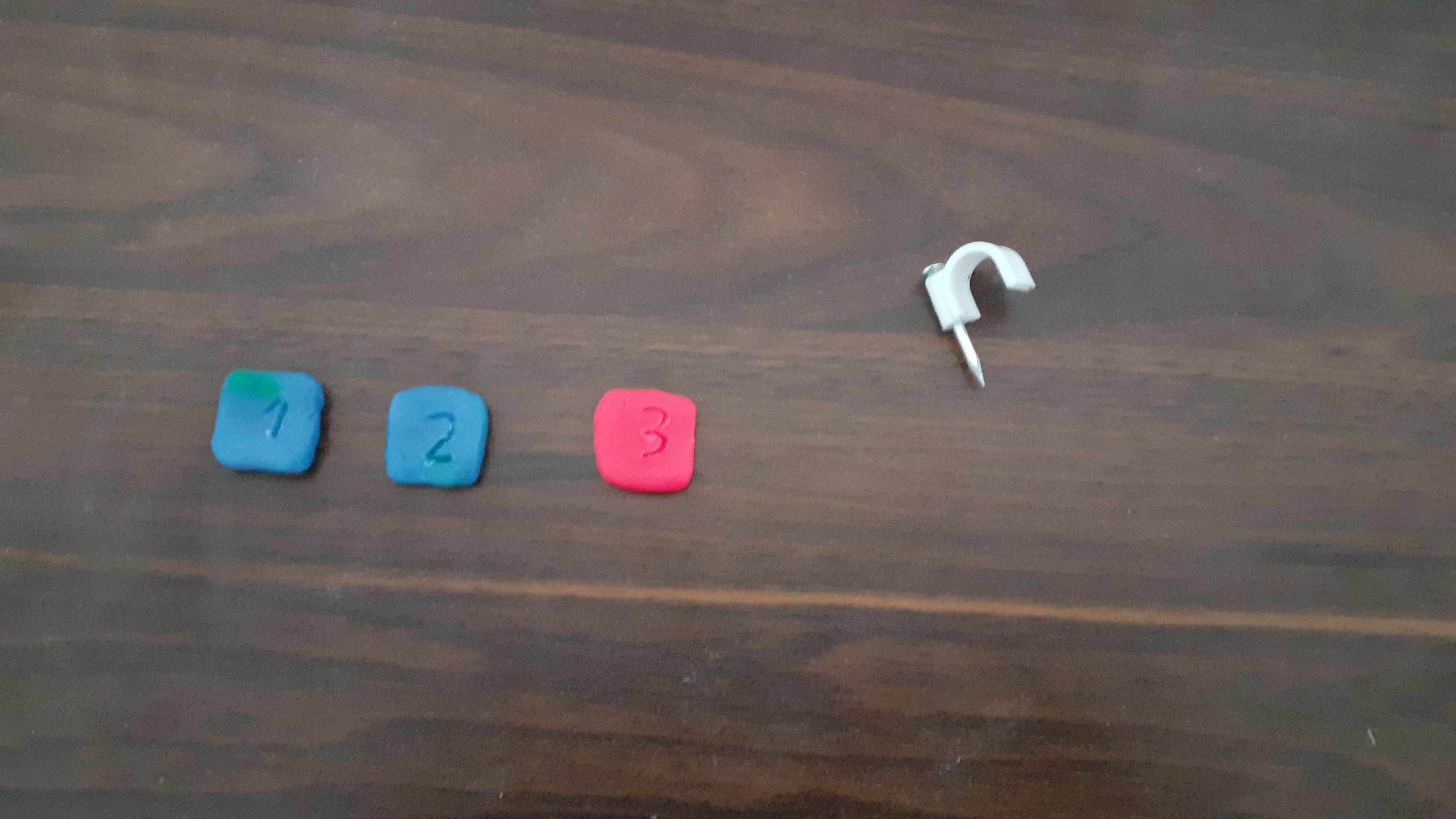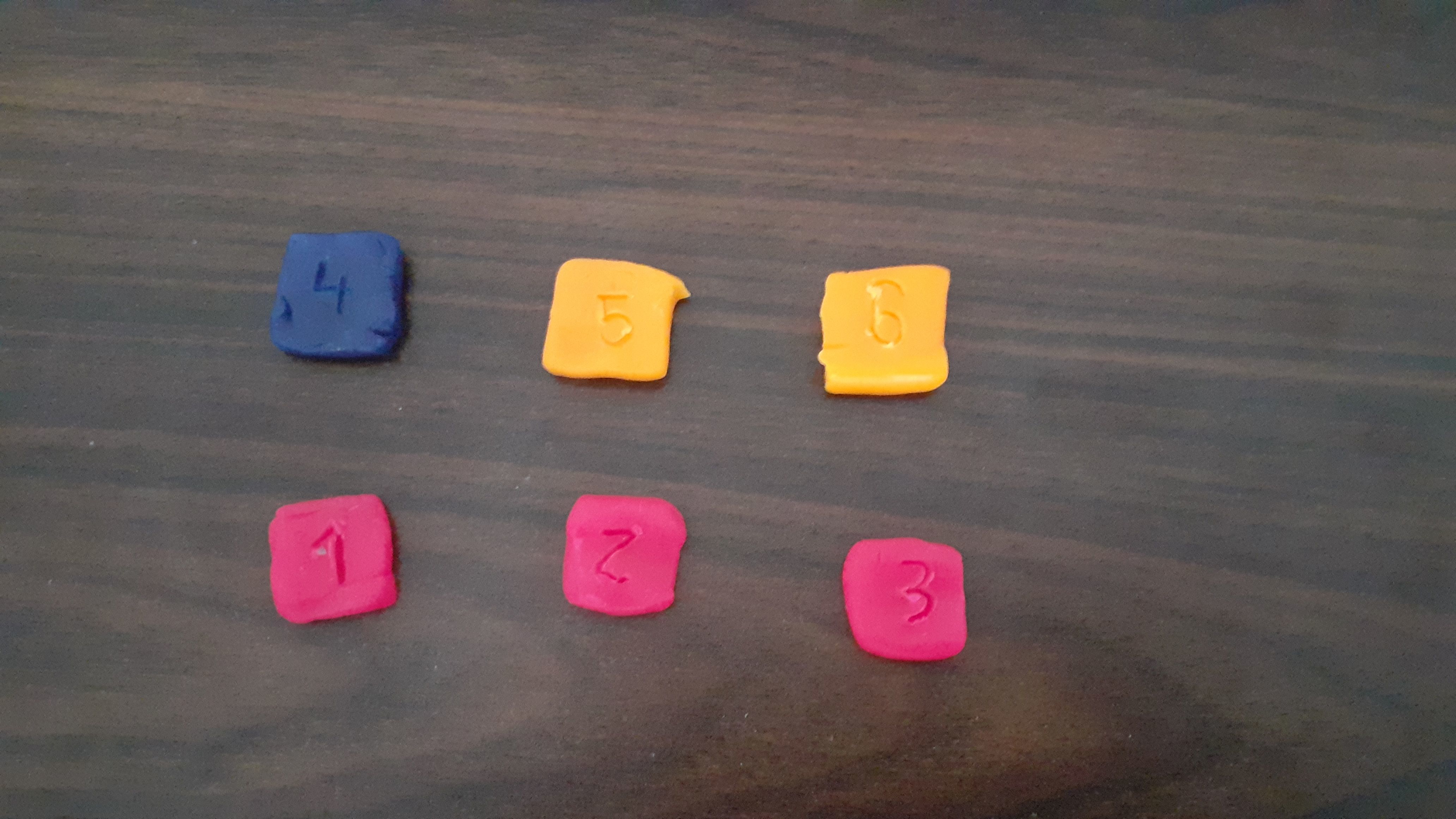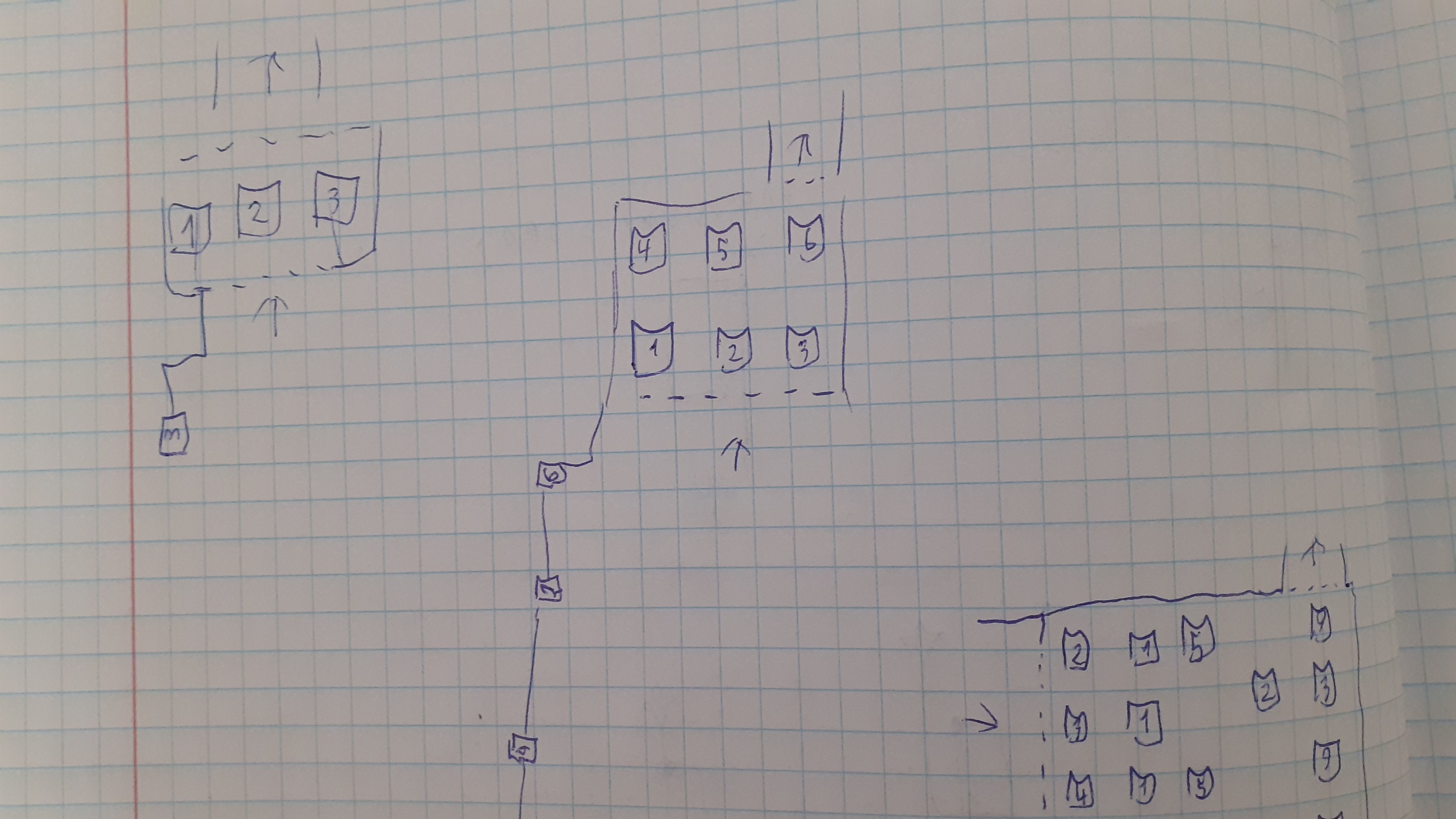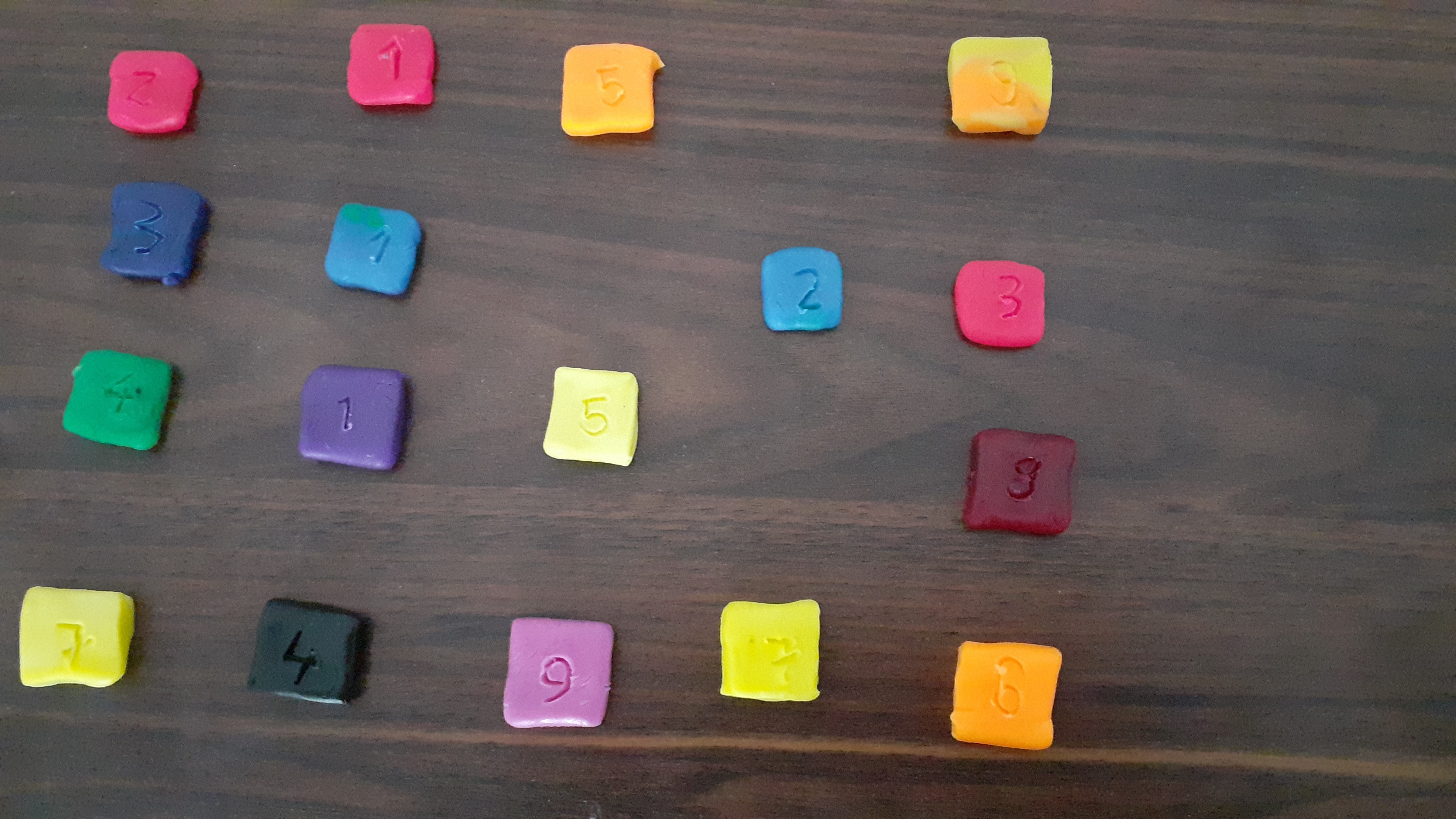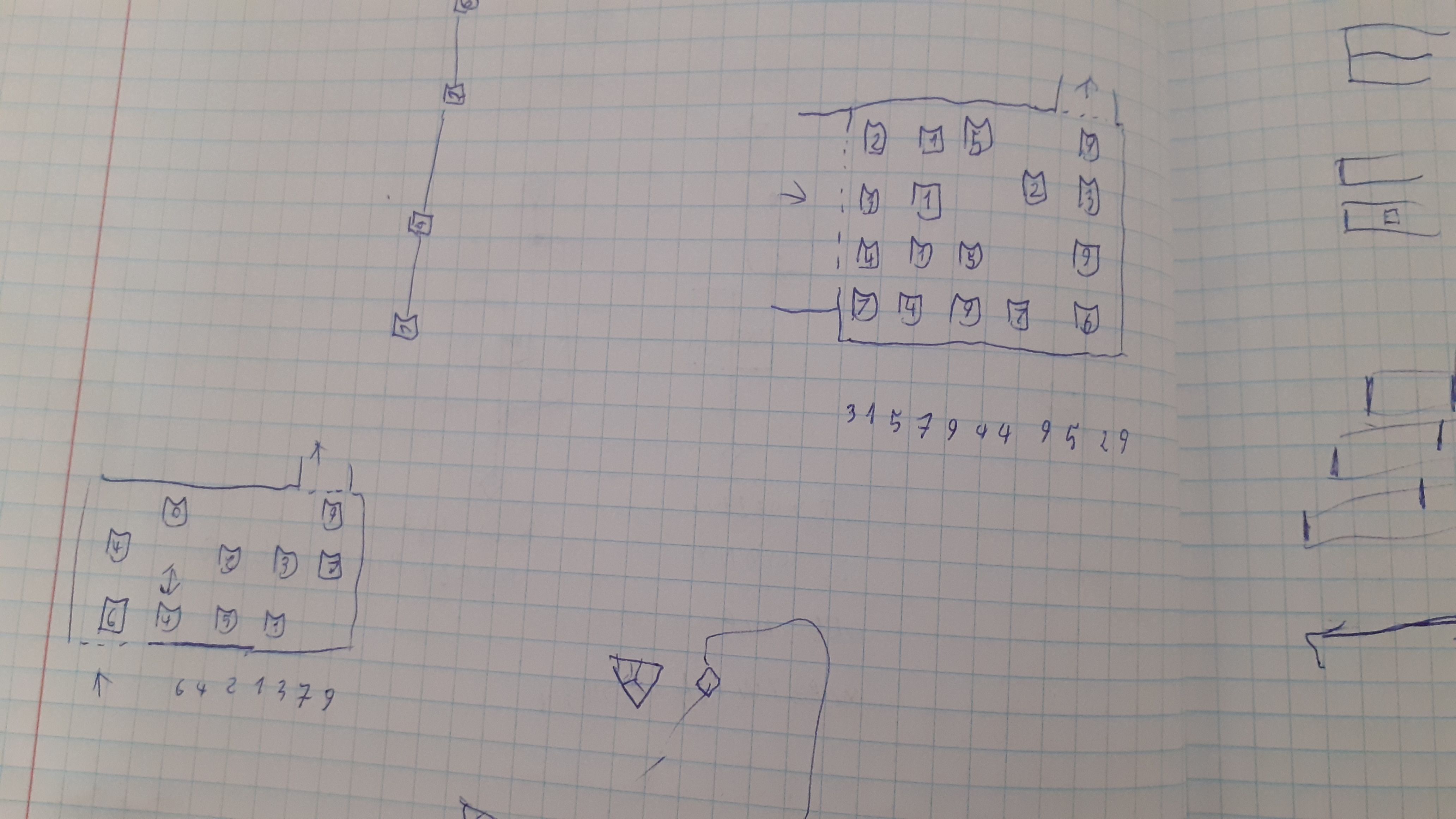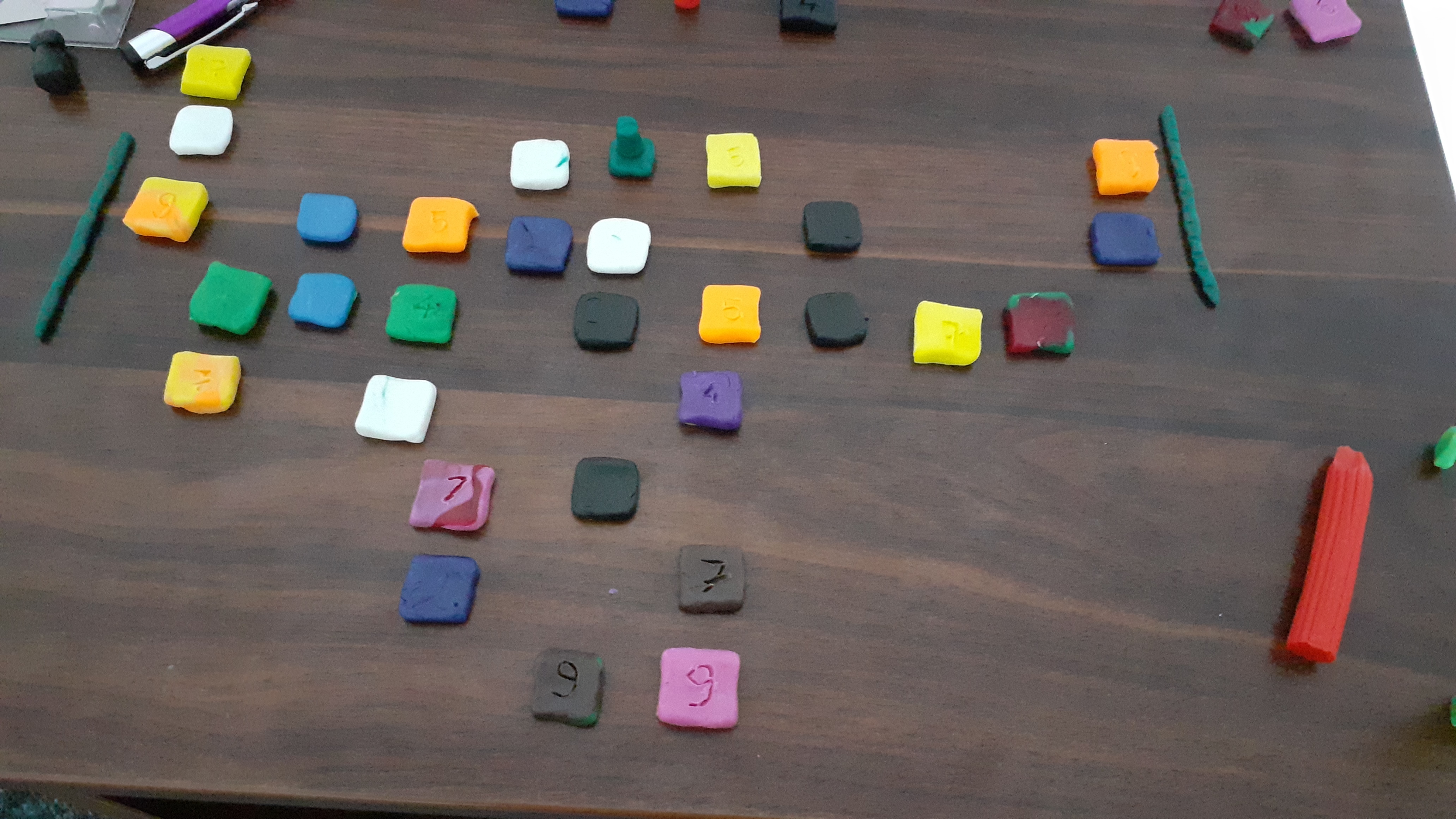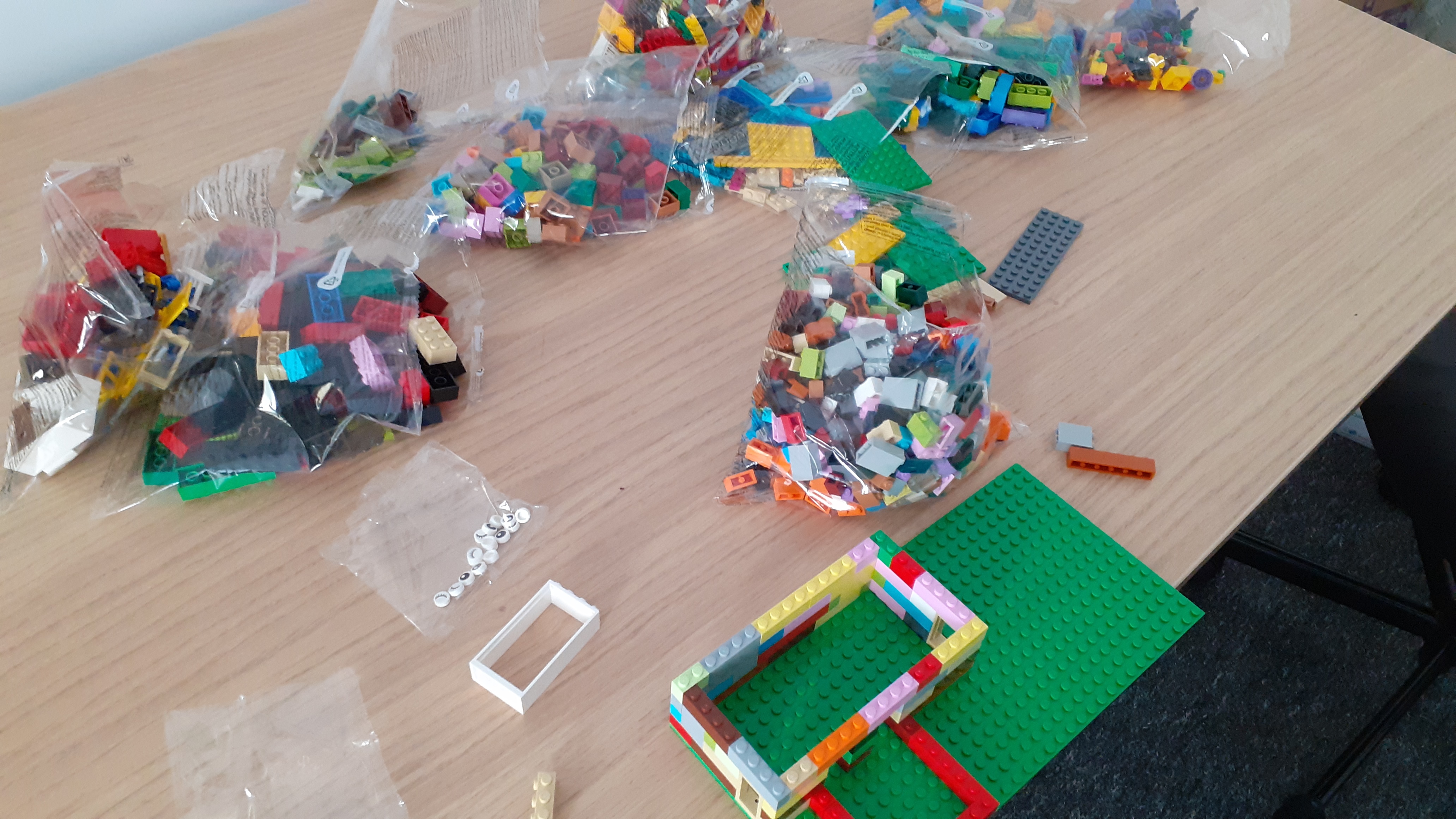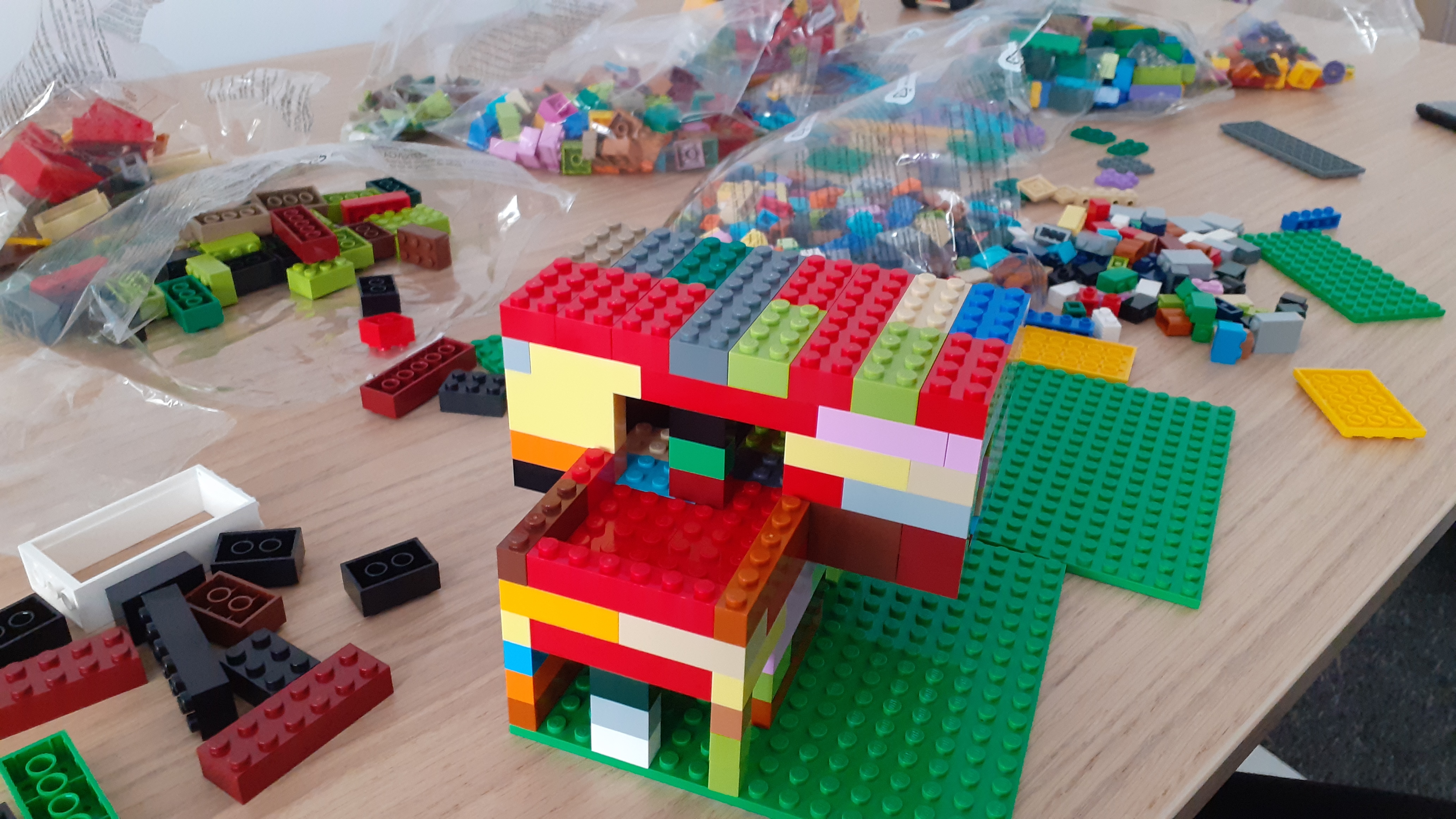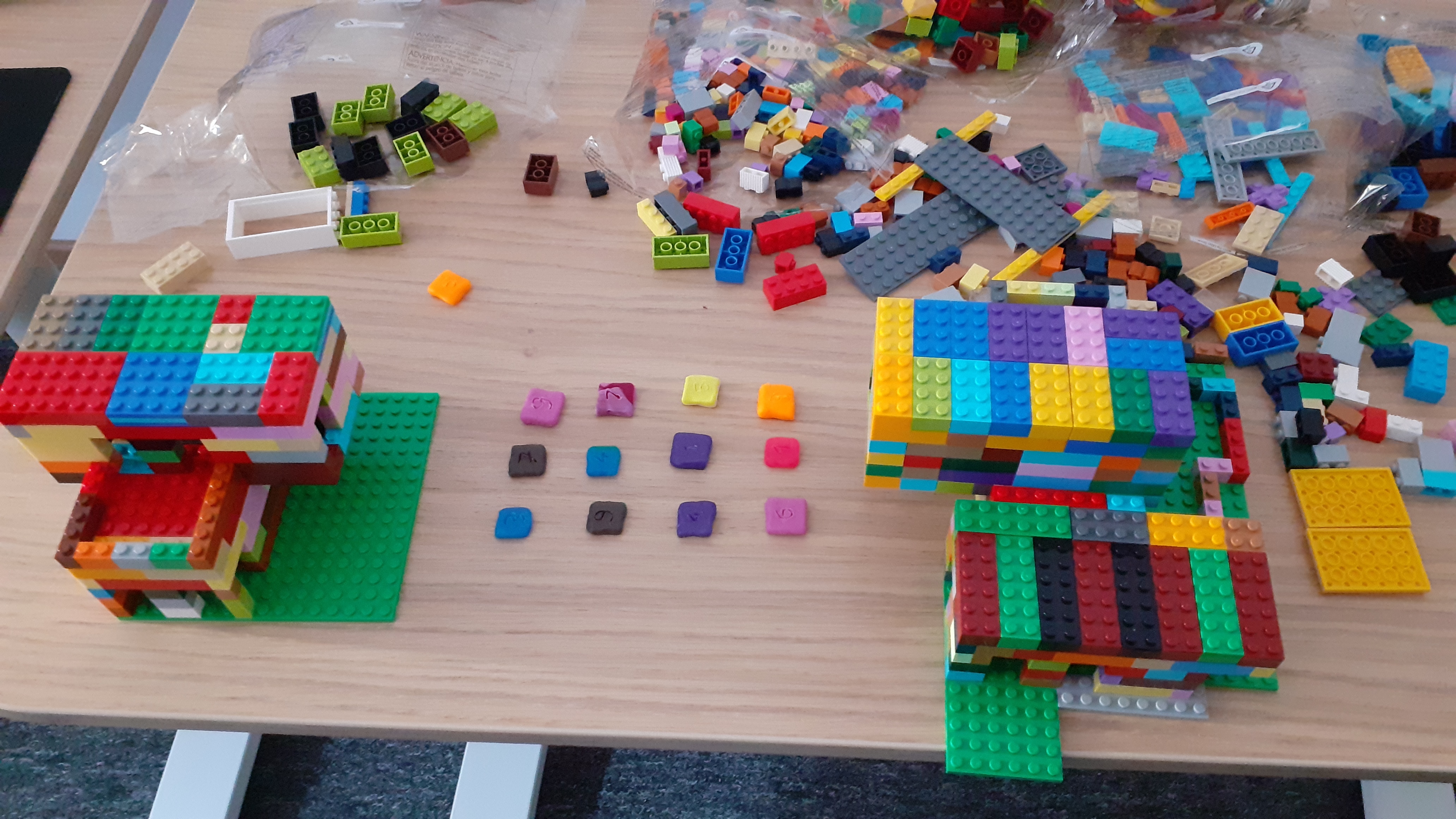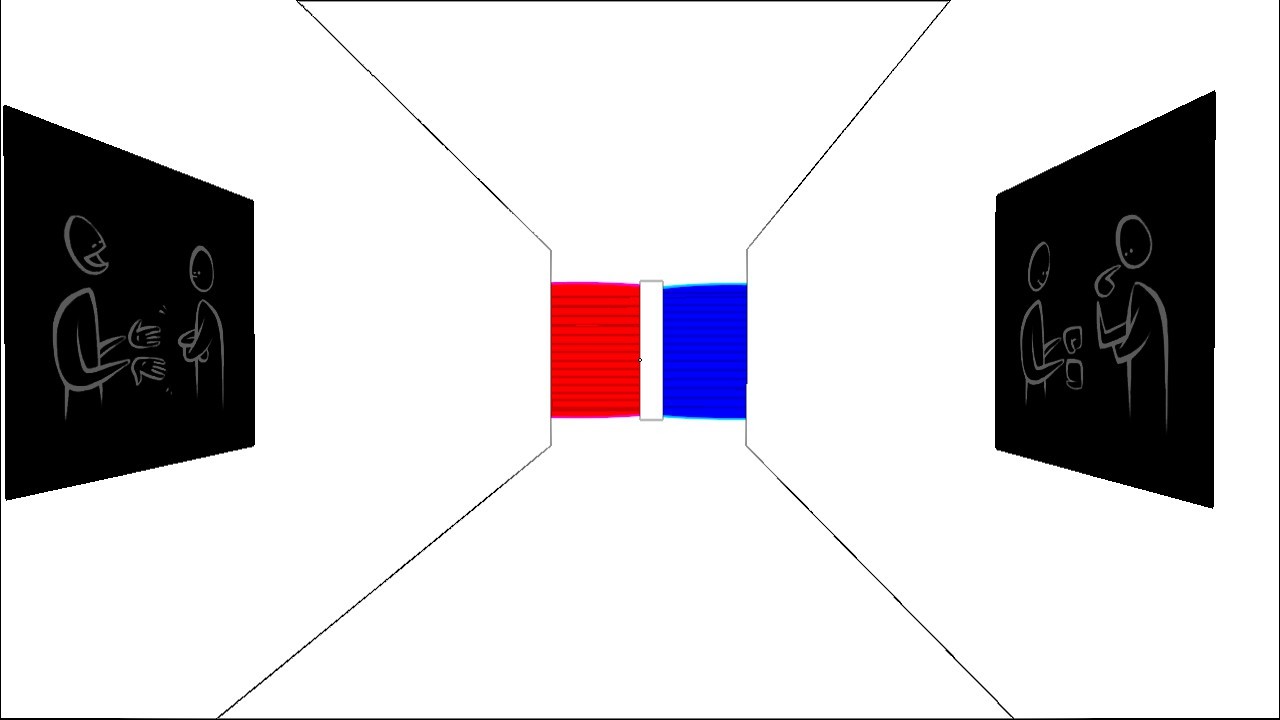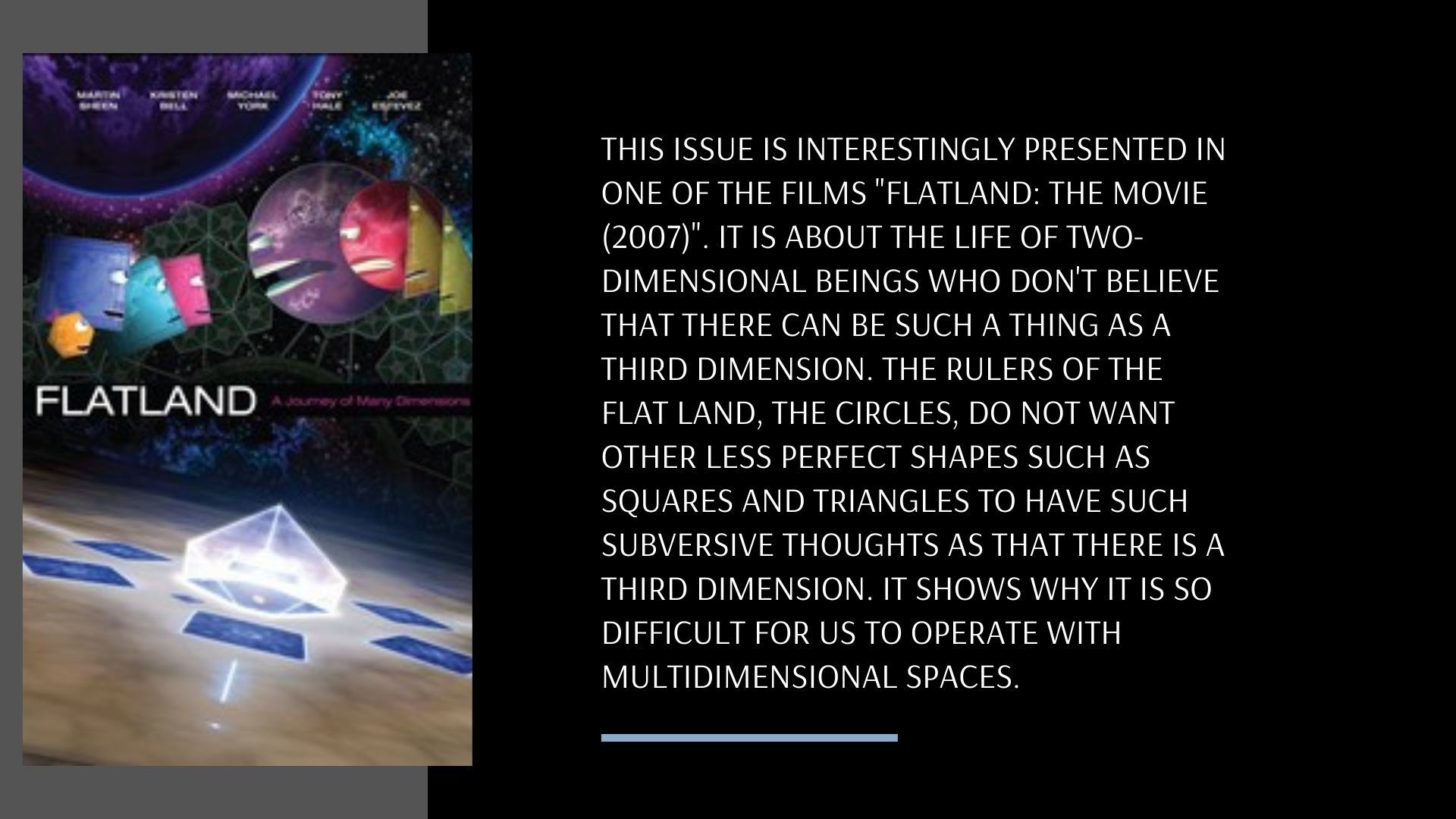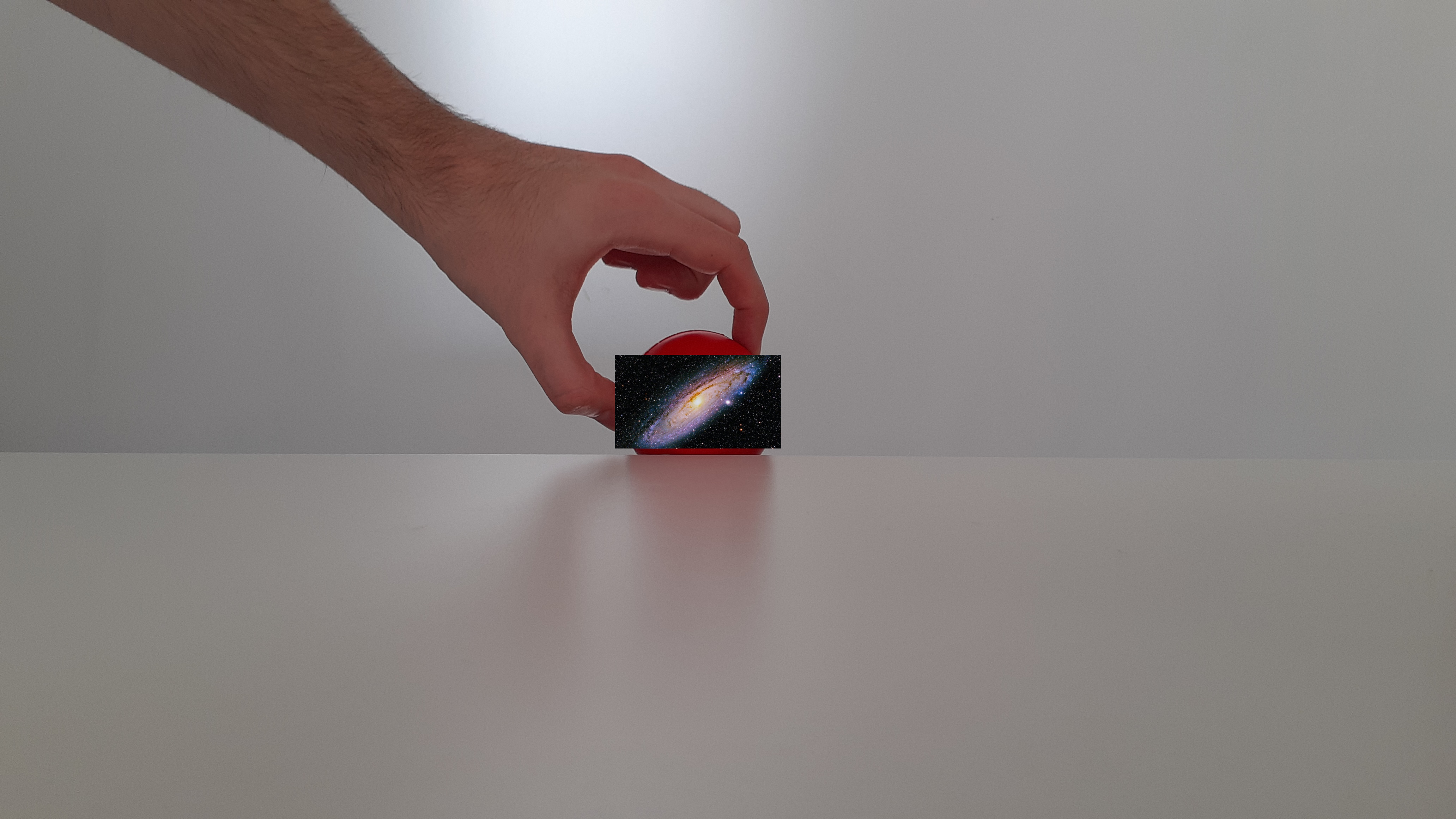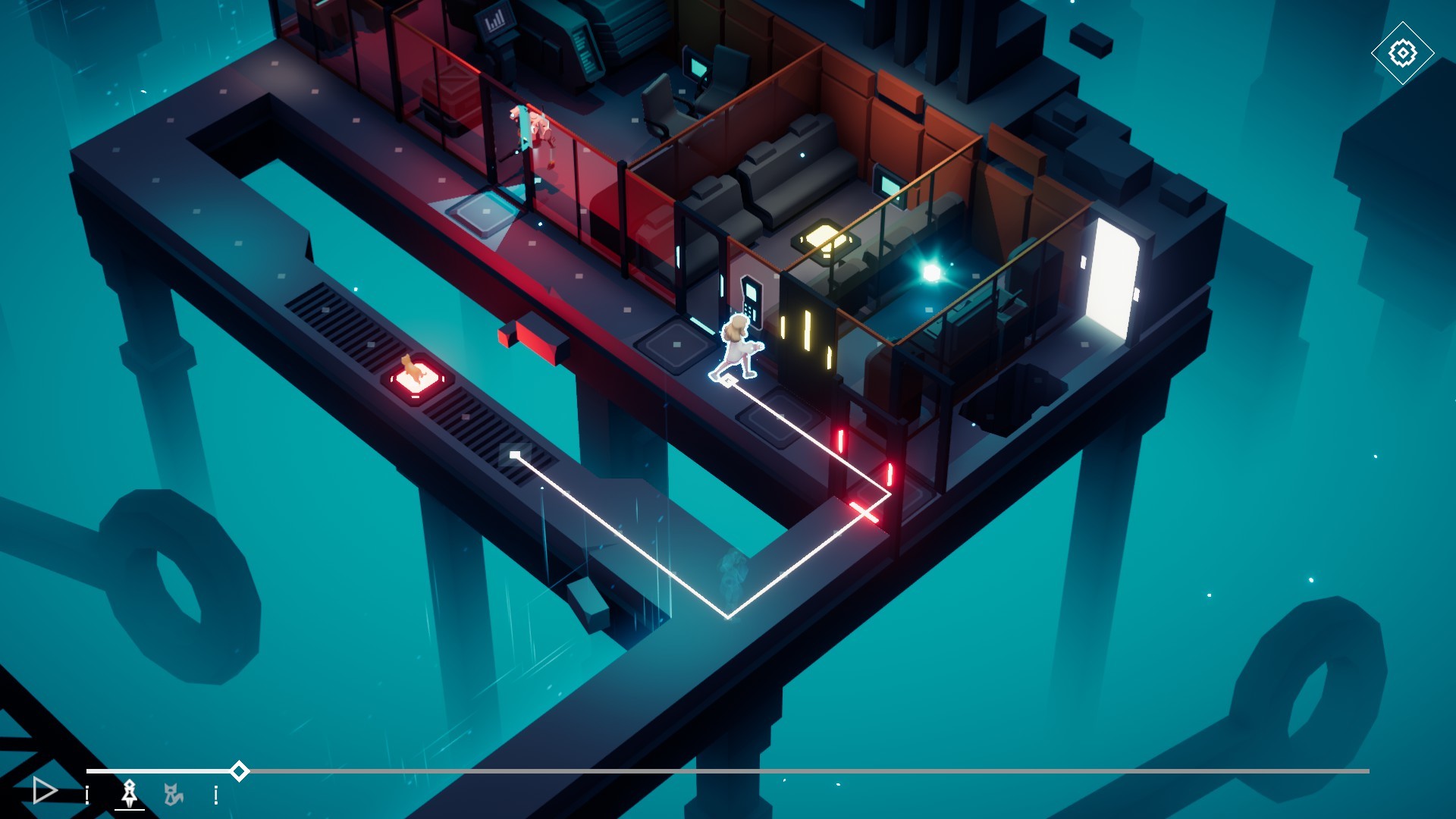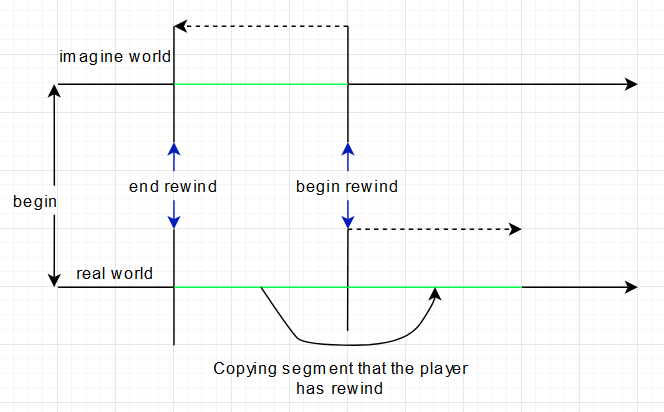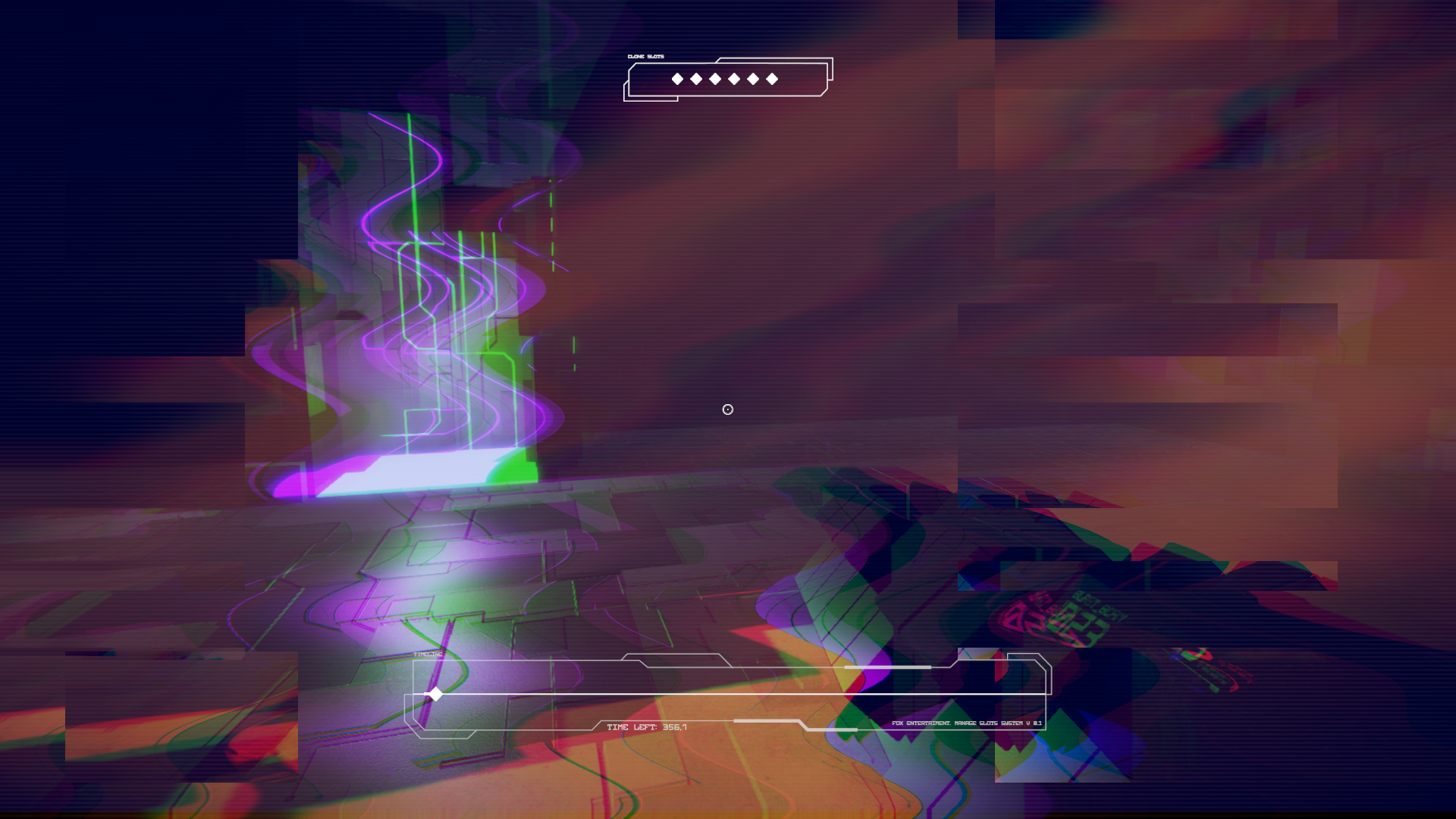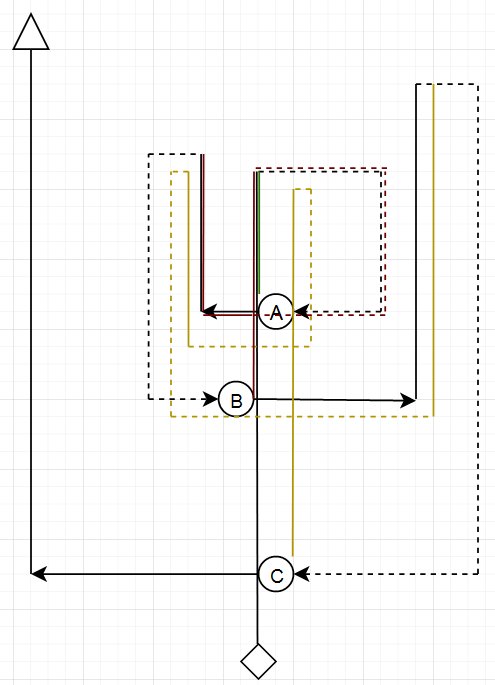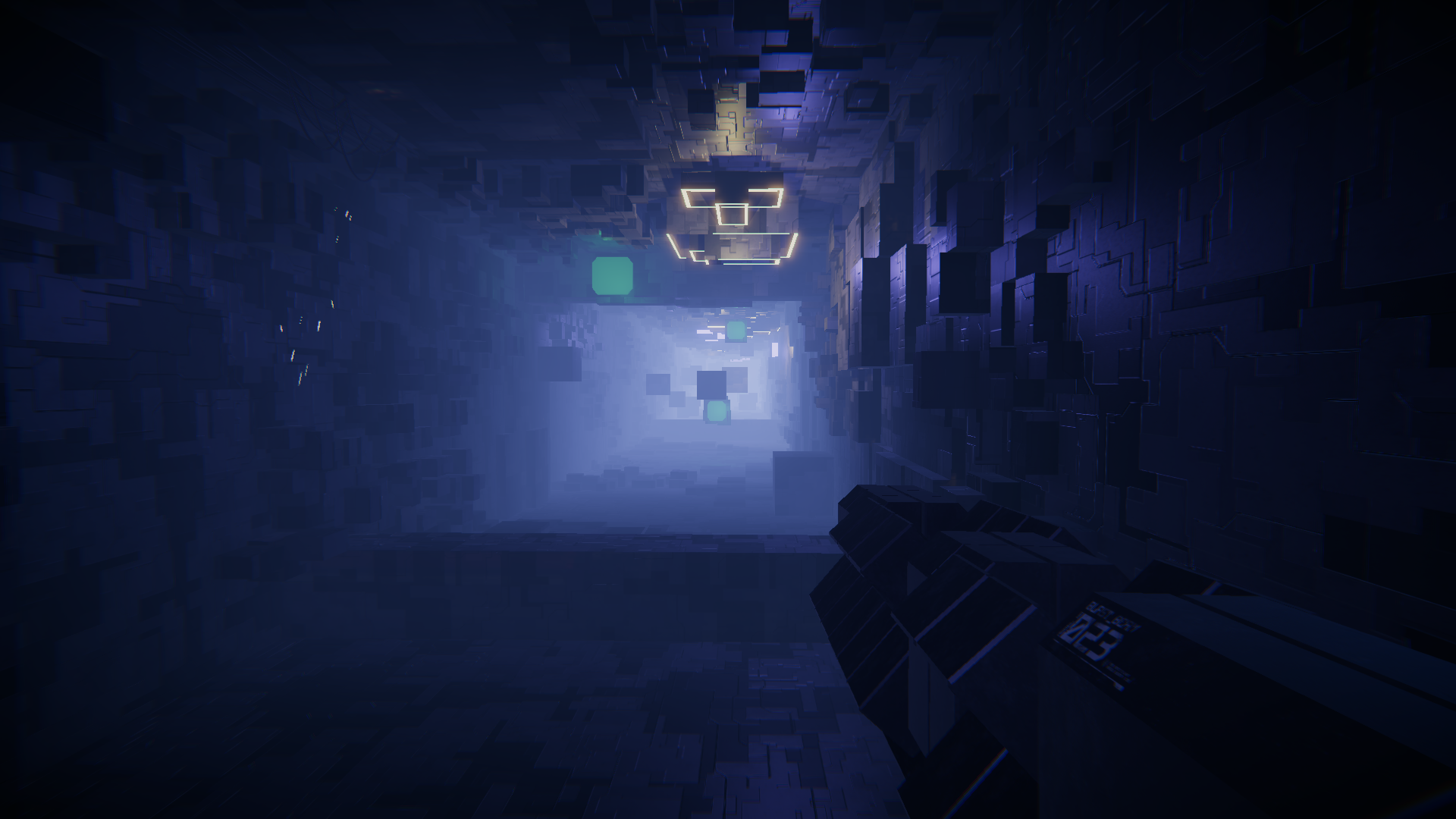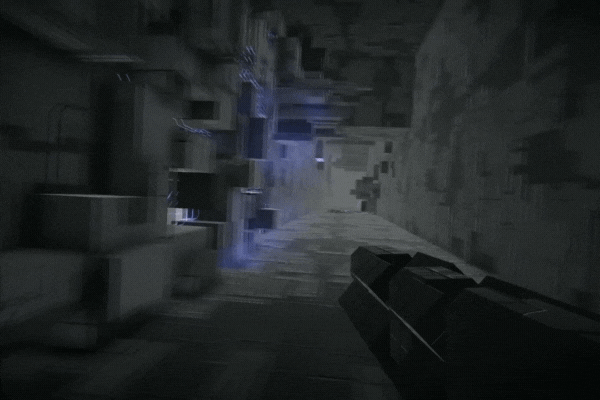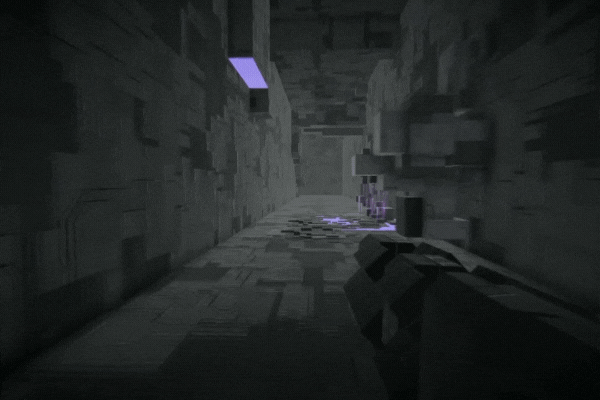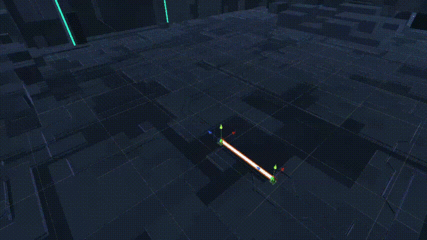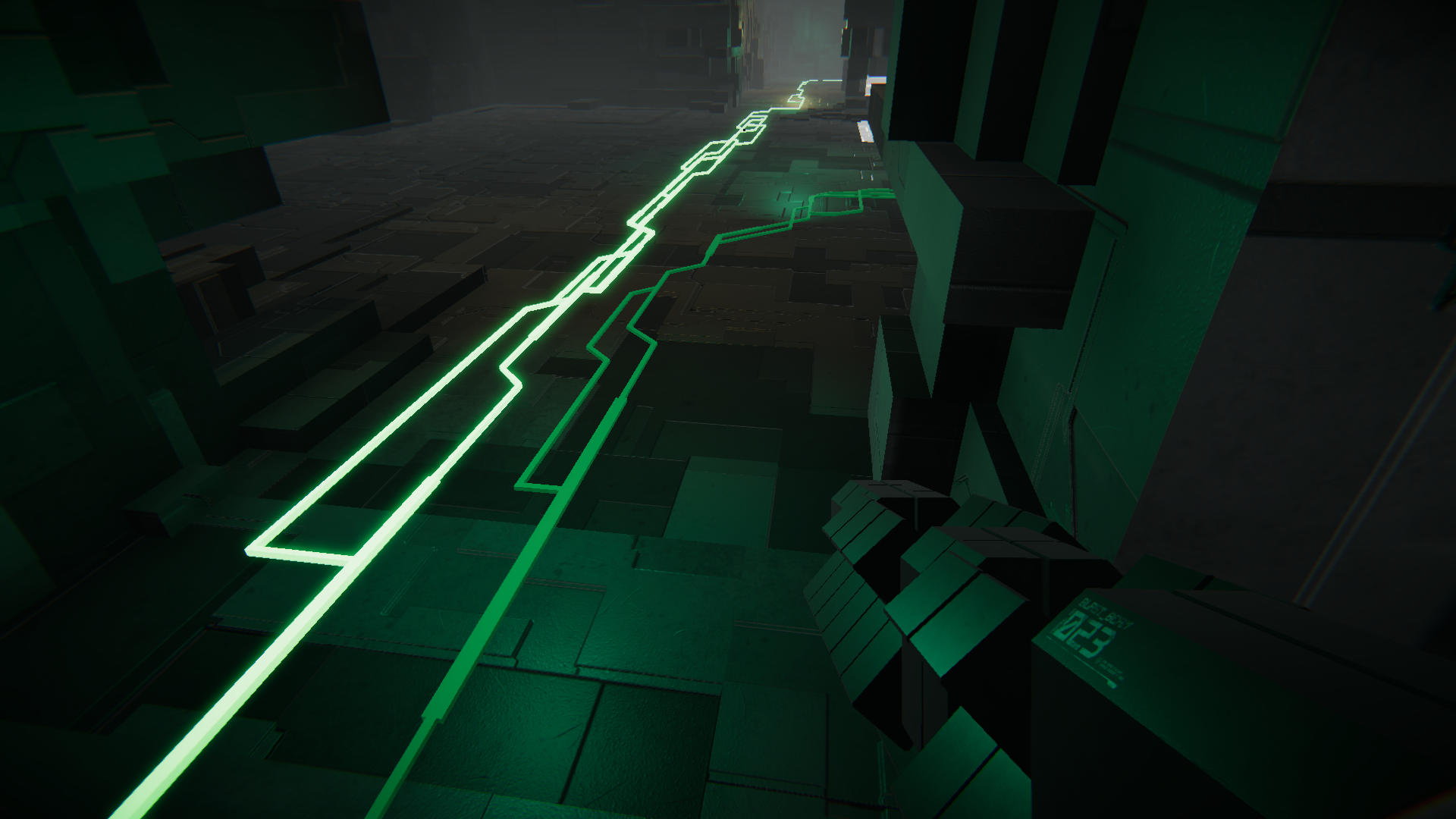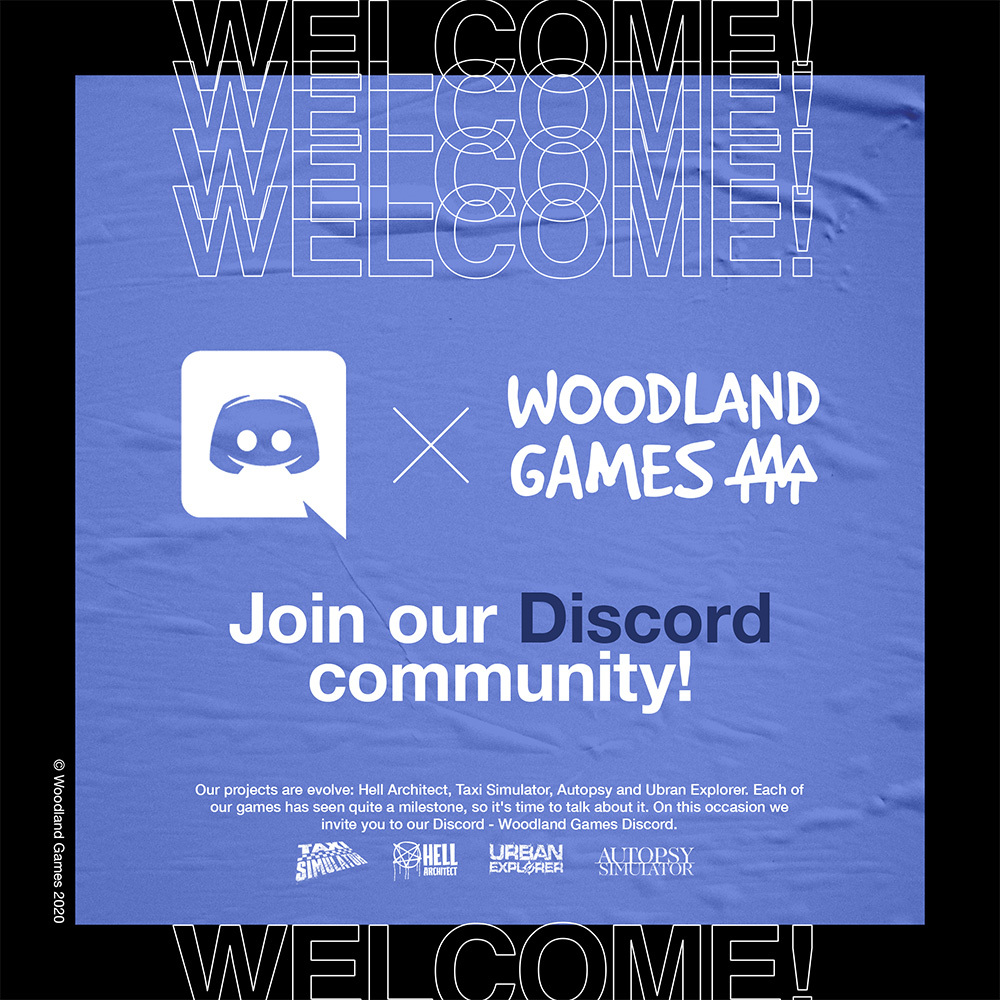
Sep 3, 2021
Split - manipulate time, make clones and solve cyber puzzles from the future! - ExoPlay
Hello guys!
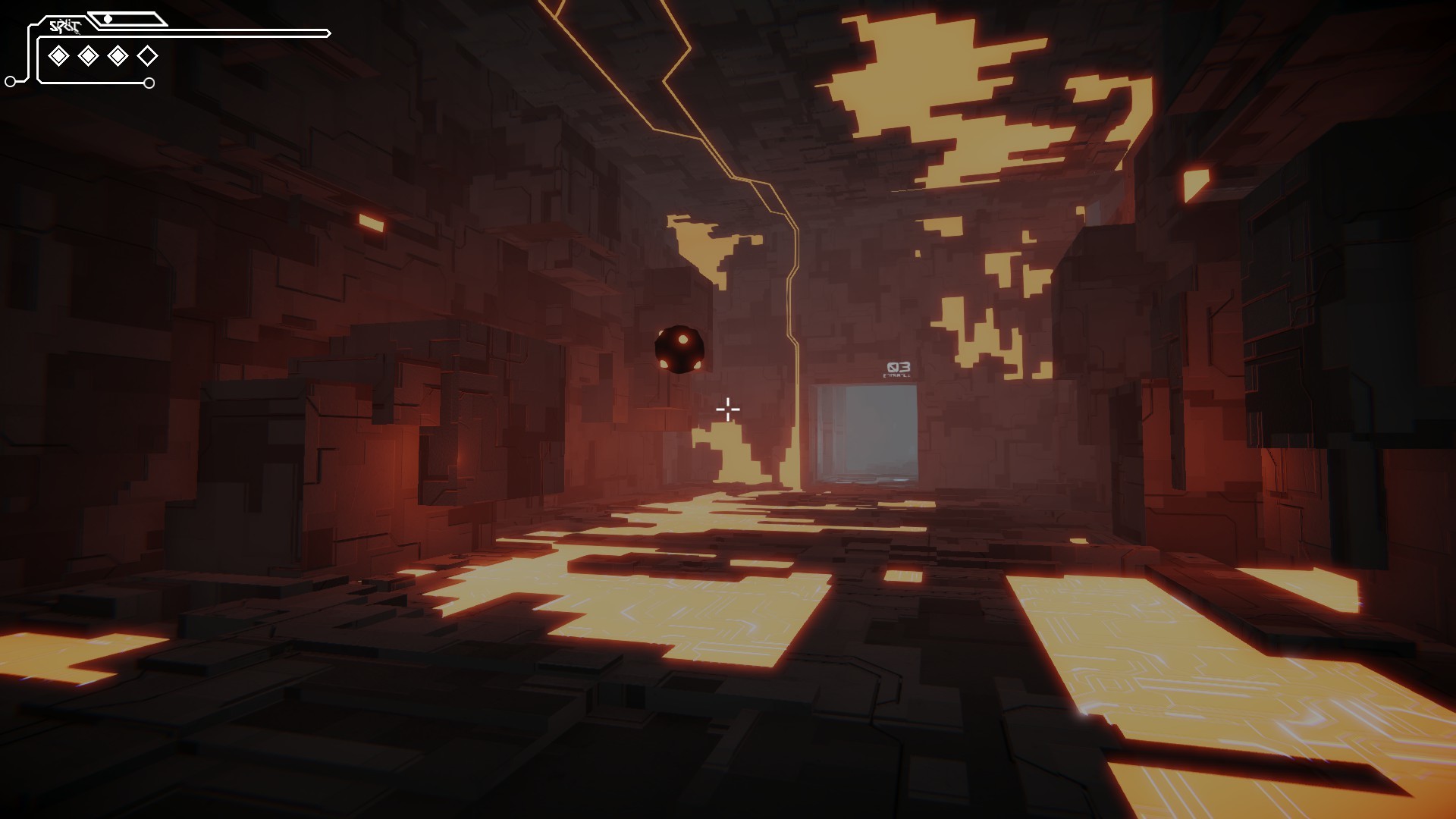
In order not to be boring, it is good to have a bit of different opponents in your game. We started with the simplest form, the sphere. What's more, it hangs in the air, so a lazy programmer does not even have to program its movement, and the animator has no legs to prepare. All this flying mine does is play with kamikaze when we get too close to it.
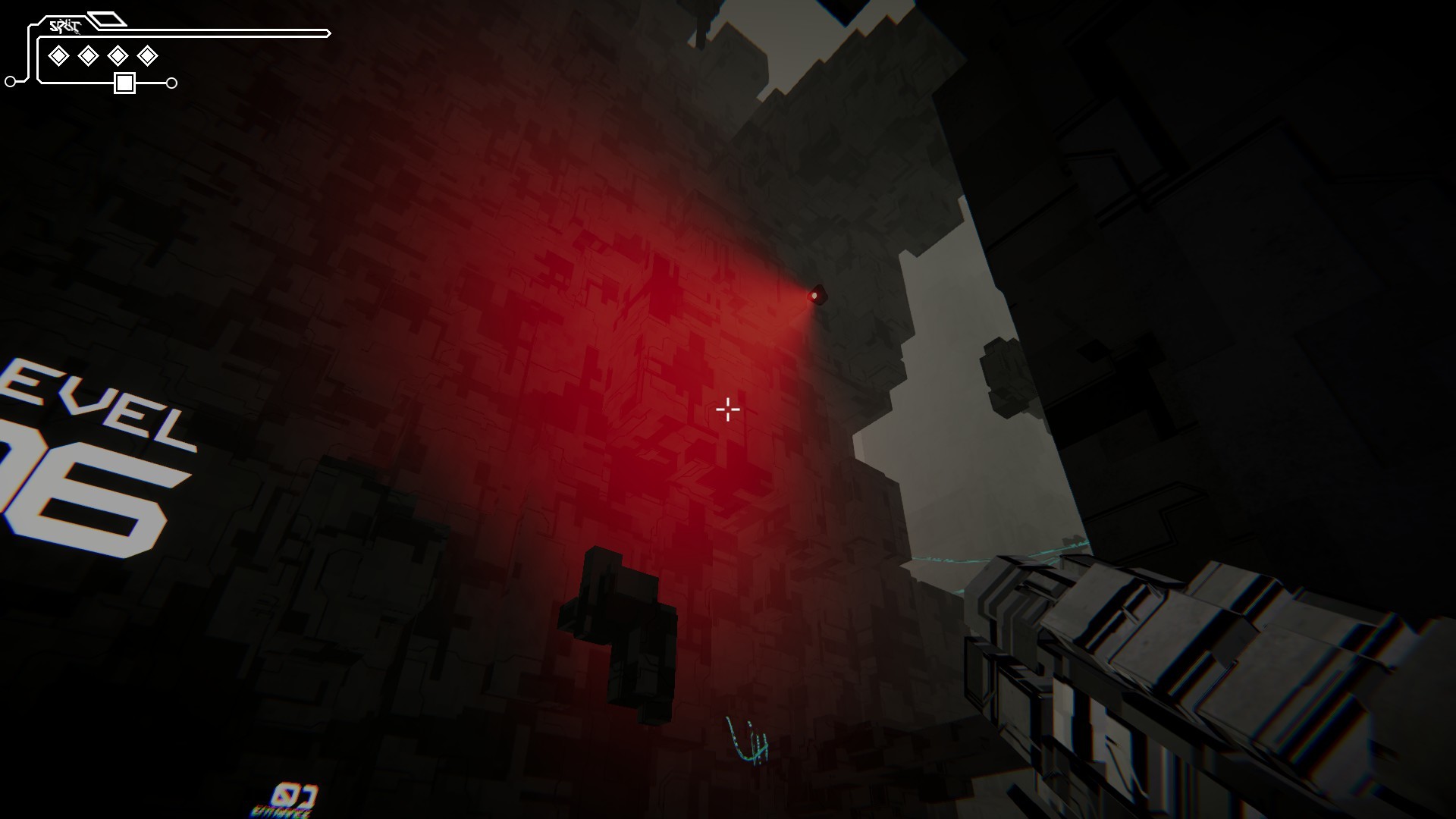
The second opponent is still a static model. However, this time you still need to do some movement and a shooting system. The opponent himself also has a big, clear red beam of light to show nicely where you shouldn't stand if you don't want to get in.
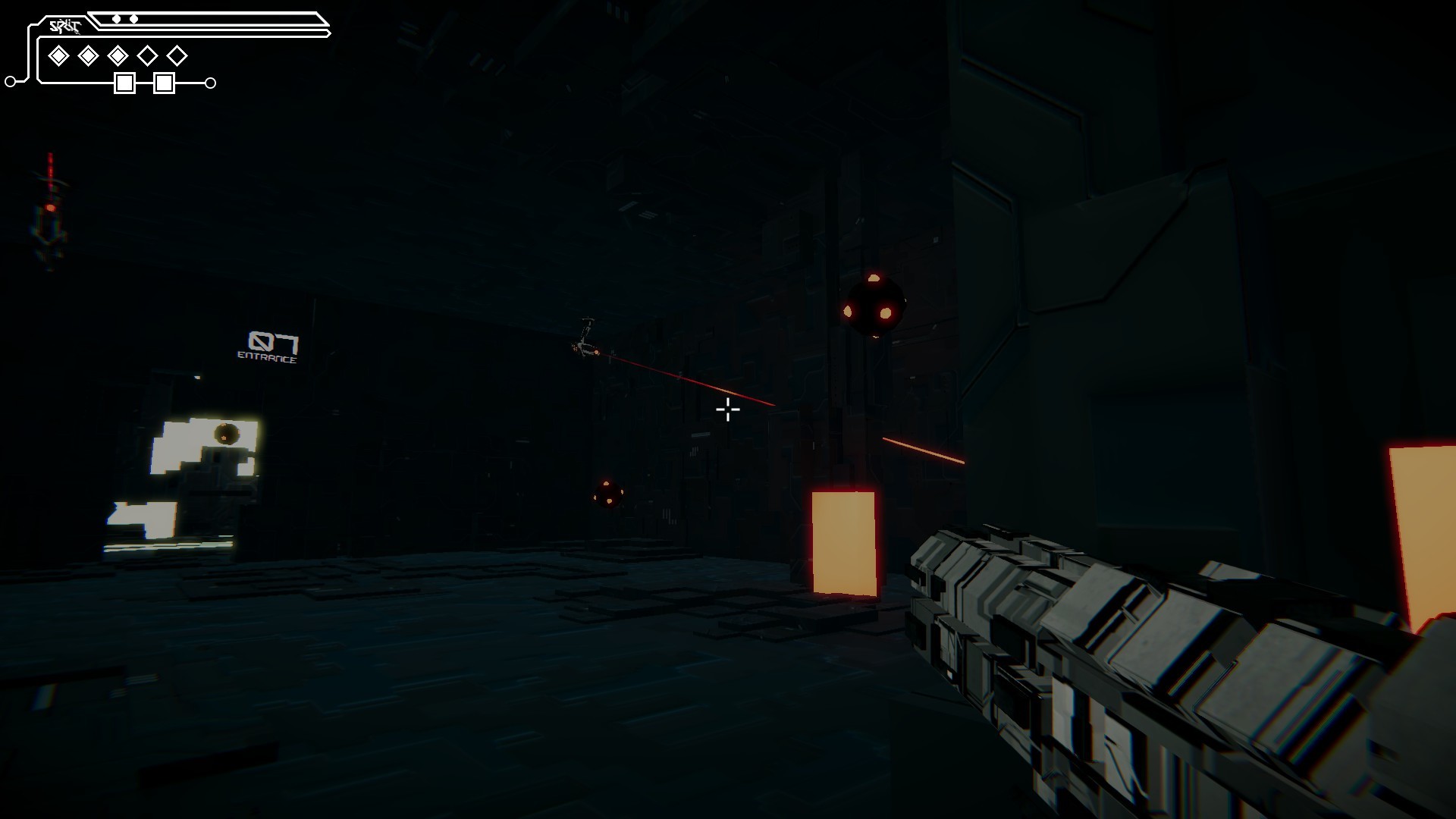
The third enemy, the turret, does not seem to move, but it is pointing its cannon at us. This time, instead of a sheaf, there is a warning laser, which is better not to enter.
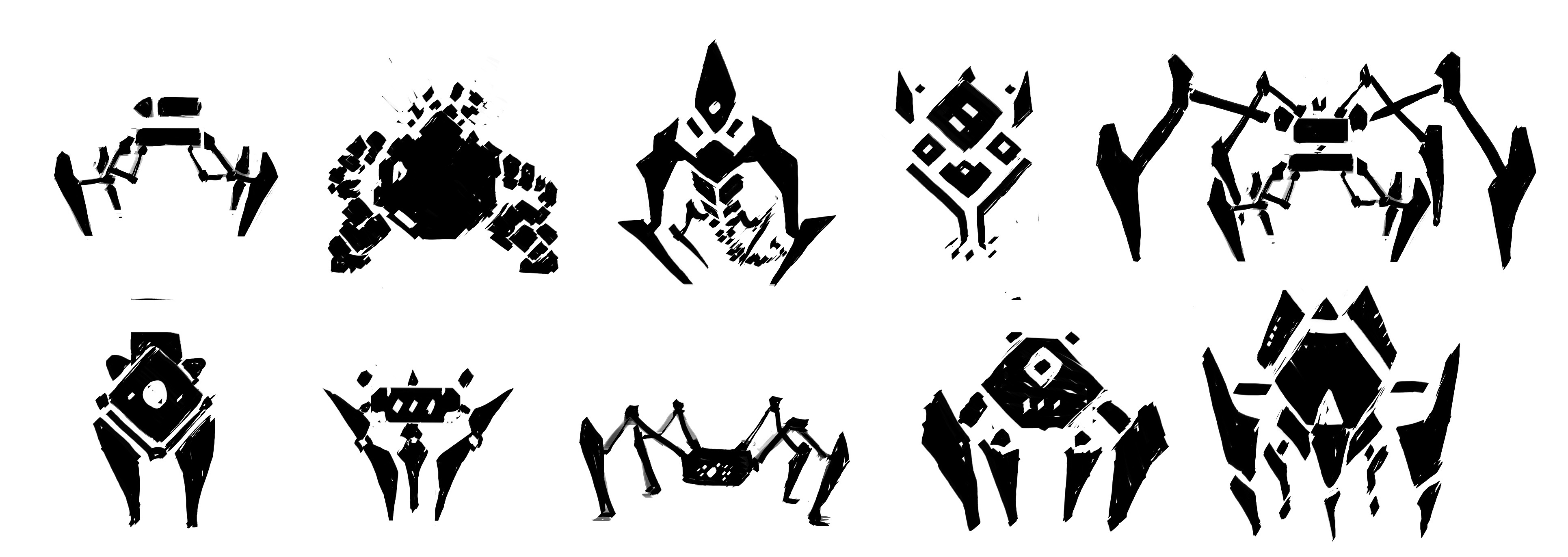
There were several suggestions on how the fourth opponent should look and behave. After a long deliberation, we wanted to do something moving. Originally it was supposed to be some kind of spider, but animating 8 legs is not a very good idea and many more people don't like spiders than they like them. So we made something more reptile-like with a short body :)
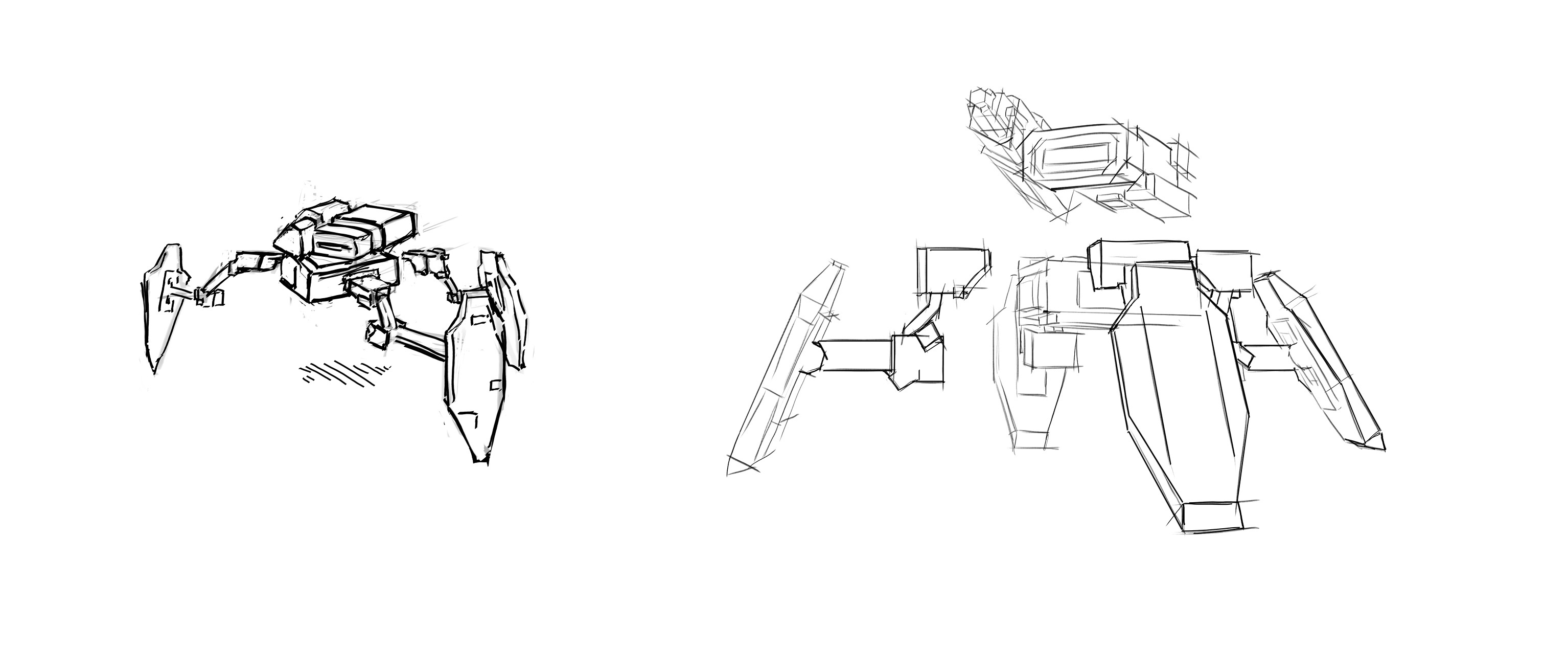
Inherent in such opponents is the need to animate. We can create an animation that we will play sequentially, or use mathematical algorithms to move objects.
Inverse kinematics
It is an animation method based on the hierarchical movement of interconnected elements. We call the parent the parent and the child the child (there are a lot of jokes about removing children in programming). The baby's movements are always relative to the parent's movement. In inverse kinematics, the limitations that we place on individual bones play an important role.
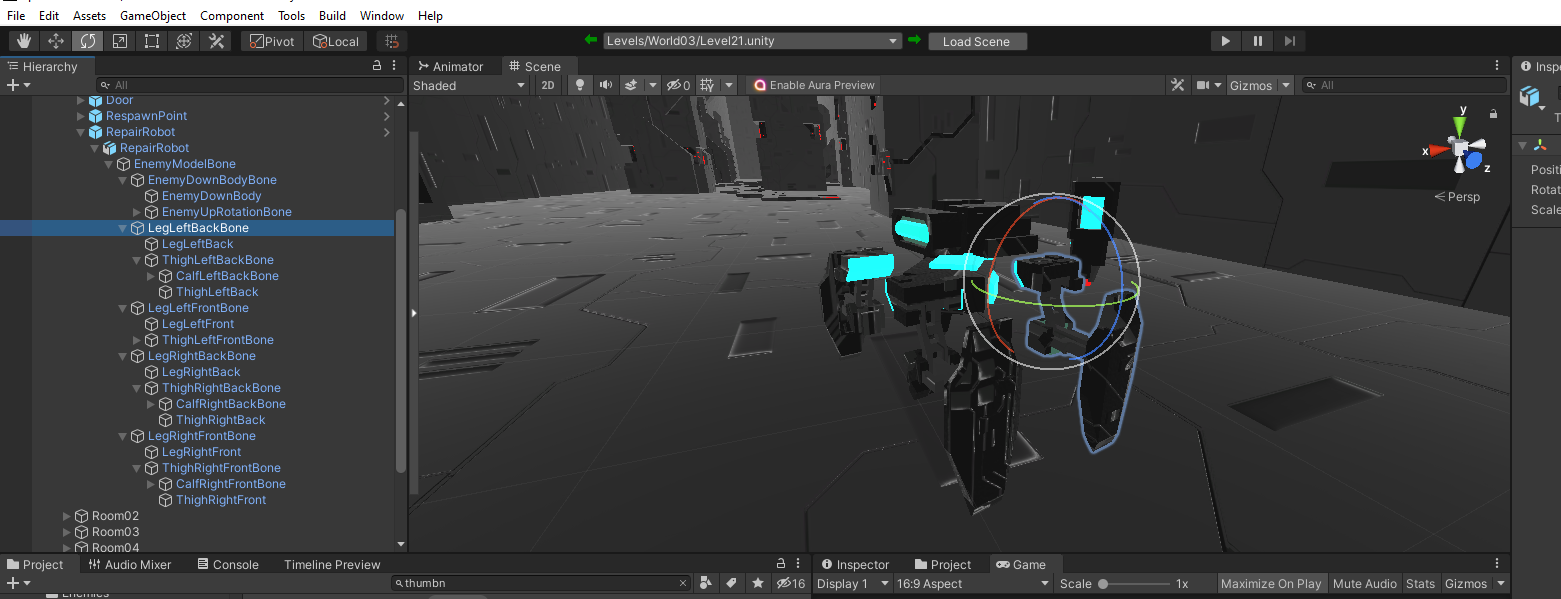
In our game, the model is composed of the main body and limbs. Each limb is divided into two fragments. This allows you to obtain the effect of bending the leg while maintaining its geometry.
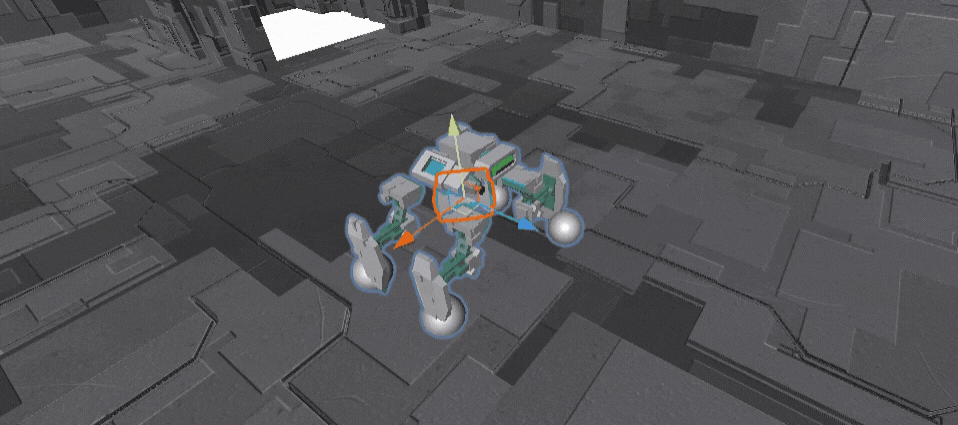
Moving the legs to the points produces what looks like a walking effect, but is a bit stiff.
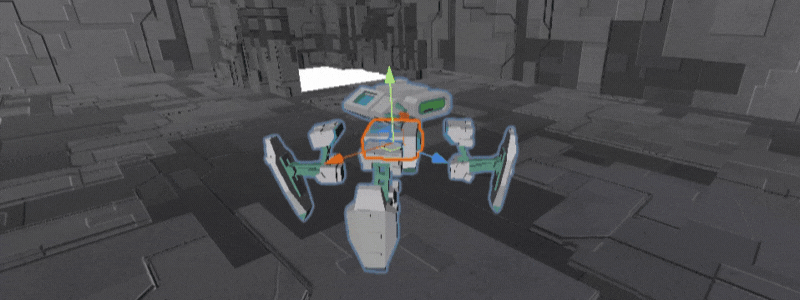
Instead of having to bandit everything to a specific position, it is nicely smoothed with an appropriate mathematical function.
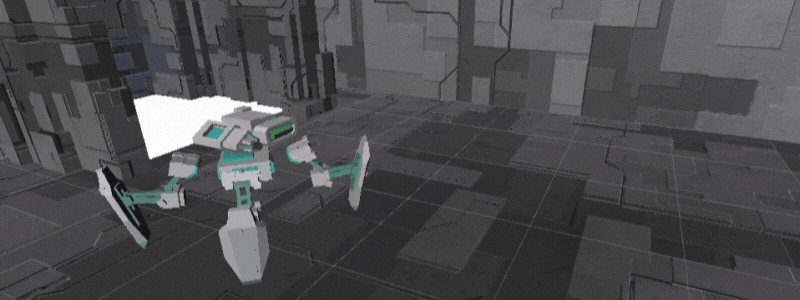
To enrich the robot's movements, we have added more points to which the legs can move.
Generally about opponents
When a challenge is designed, it consists of 4 aspects.
- How can you go through them?
- What does it look like?
- How is it sounded?
- What's cool about it?
For physical opponents, this first bullet breaks down into several smaller issues:
1.Moving because the opponents can be:
- static
- patrolling
- charging
- followers
- and other...
2.The method of attacking can be:
- raycastowe
- physical projectiles
- close combat
- poisoning
- and other...
3.Disposal method:
- the entire area takes damage
- only specific points get damaged
- some points are more sensitive
- you have to do some swing to break the covers
- and other…
Do you know opponents that act differently?




